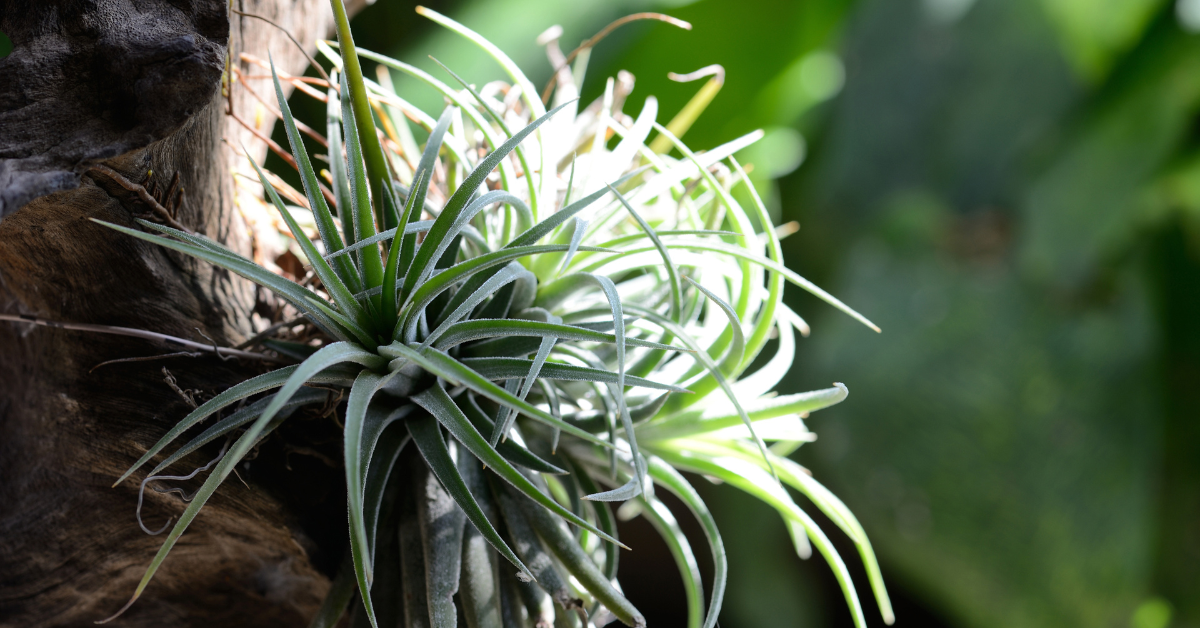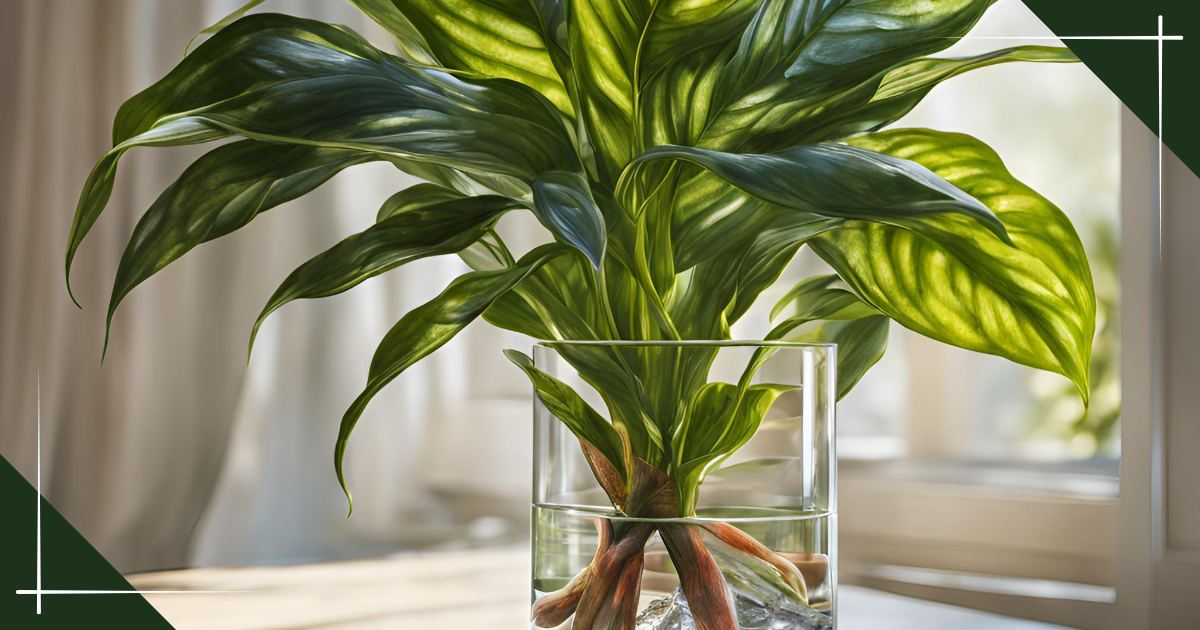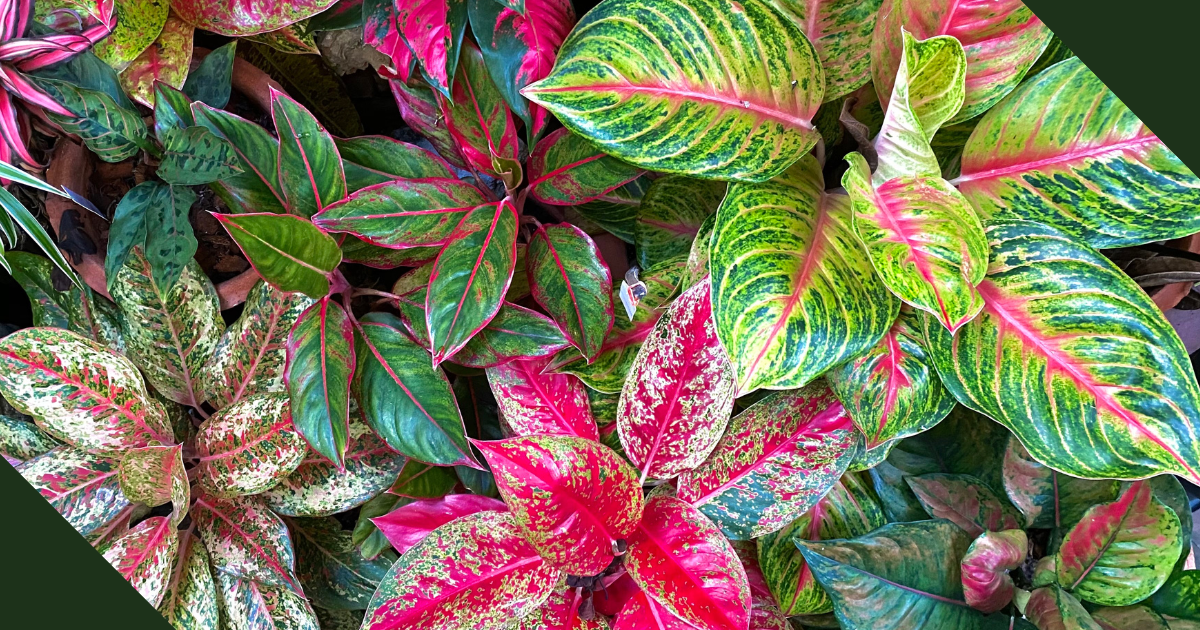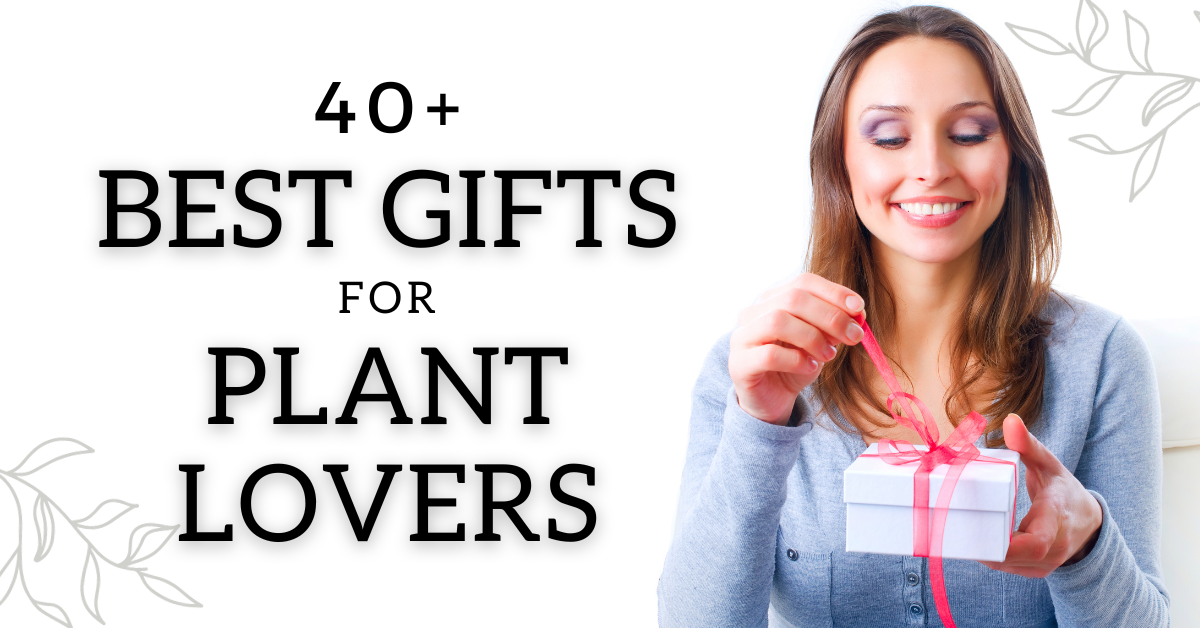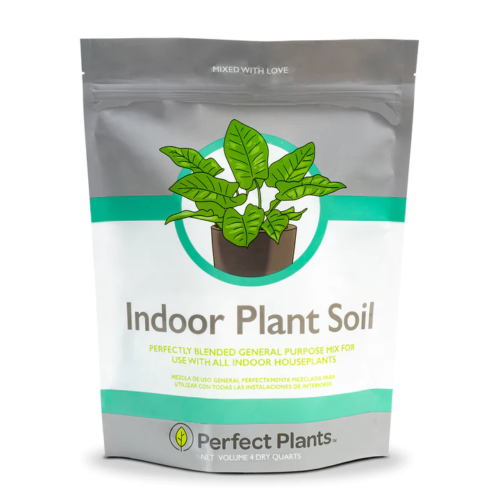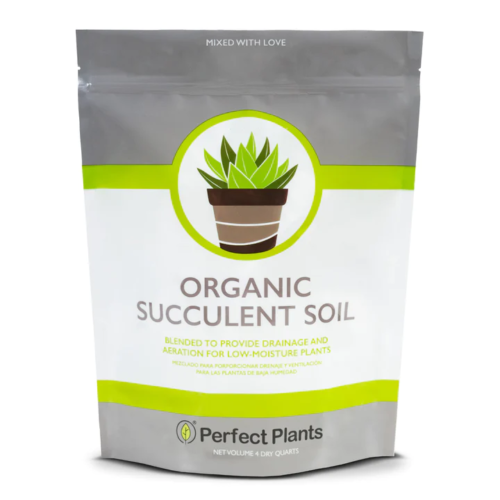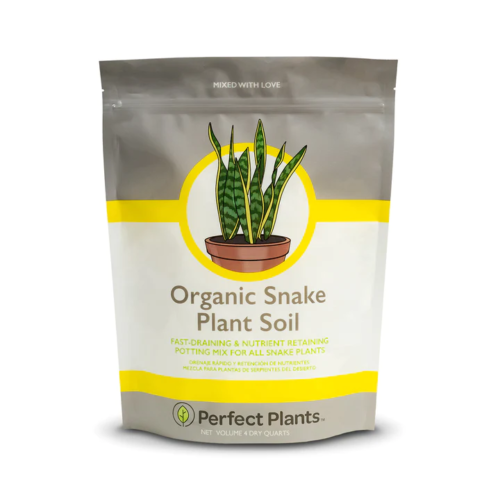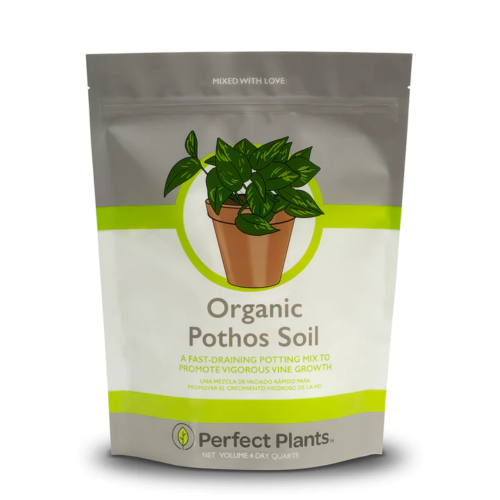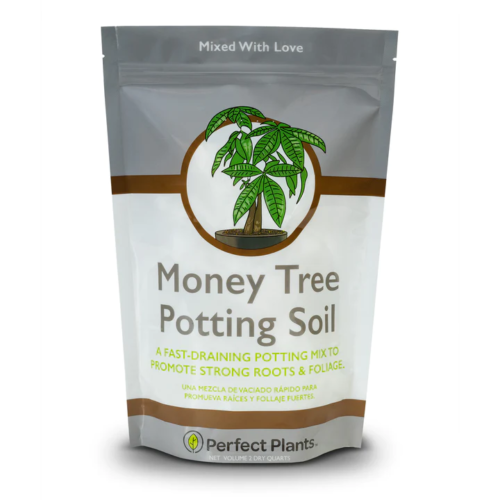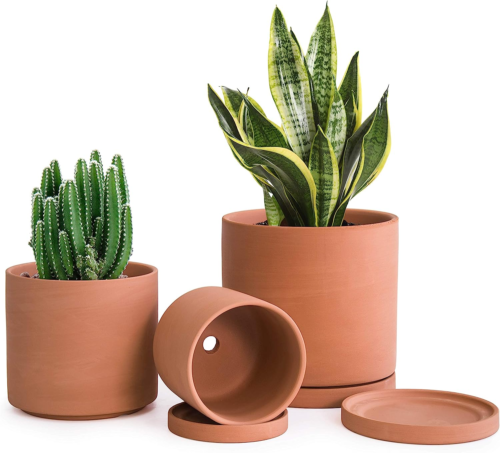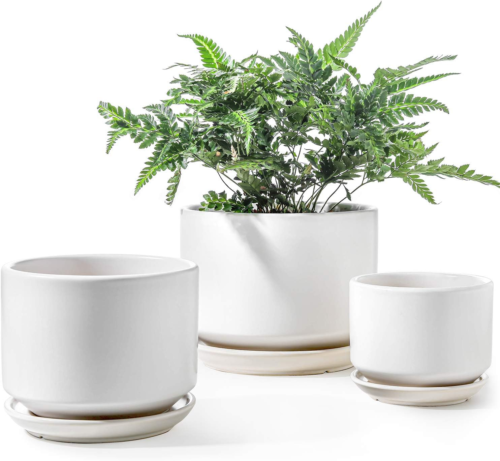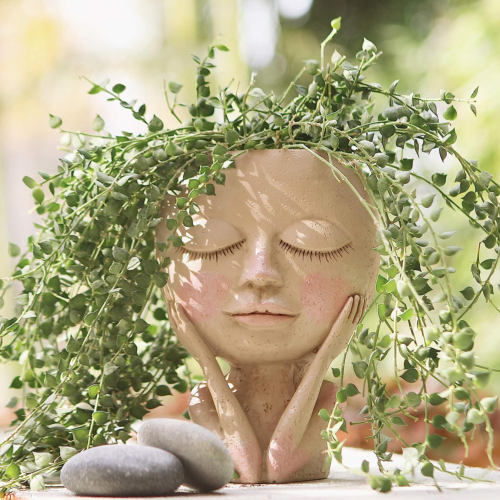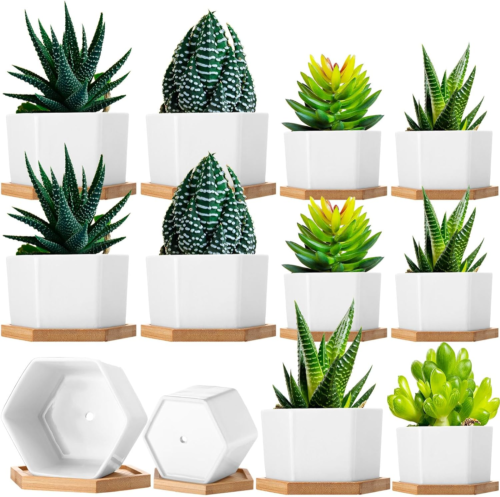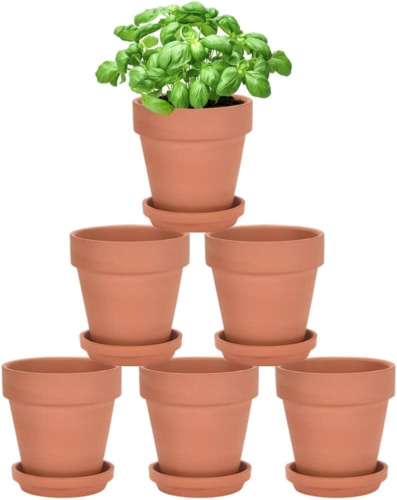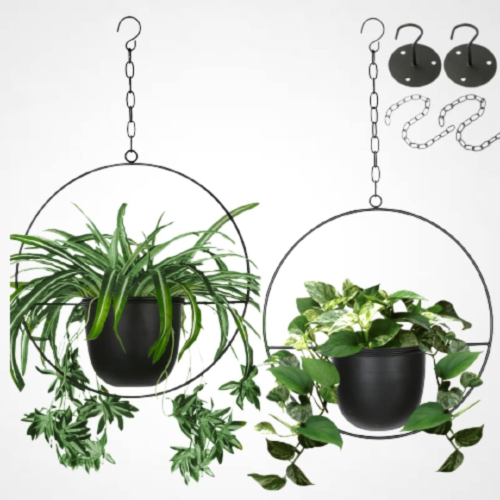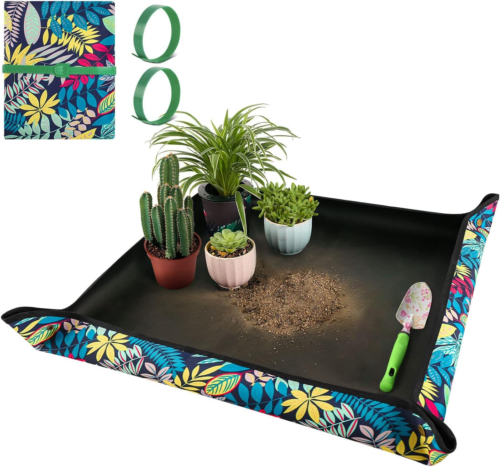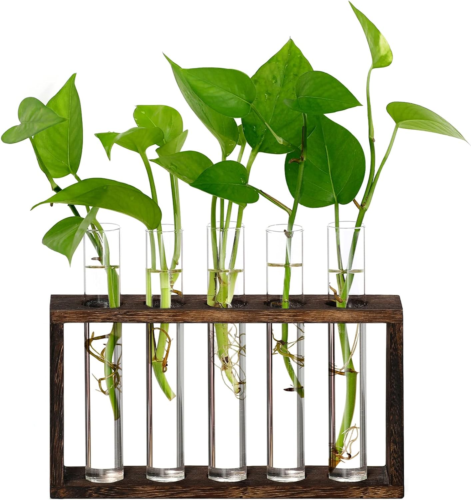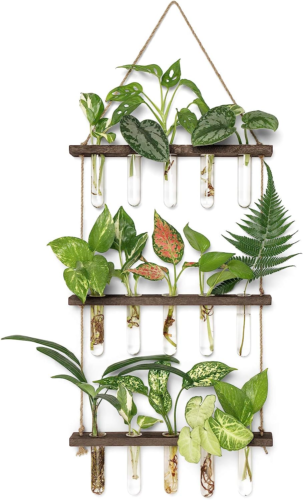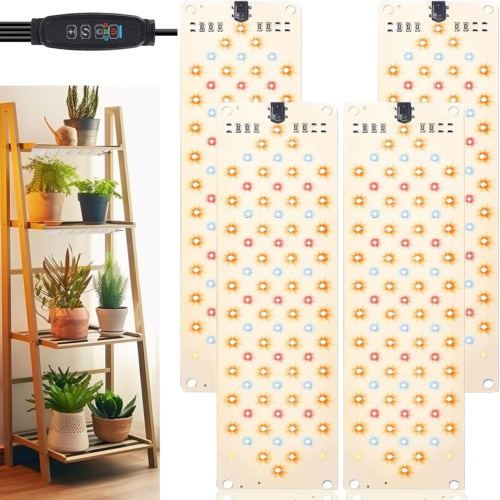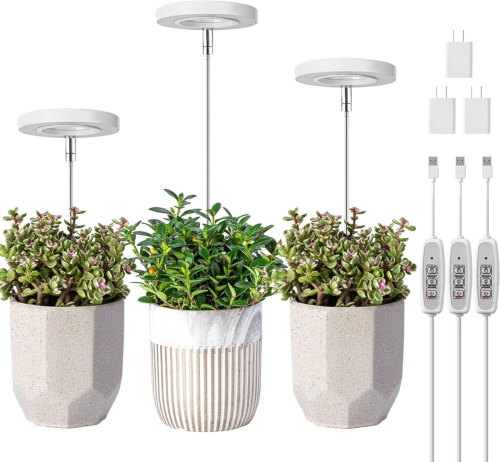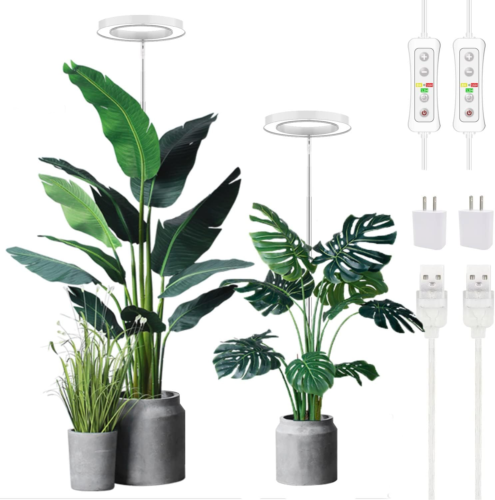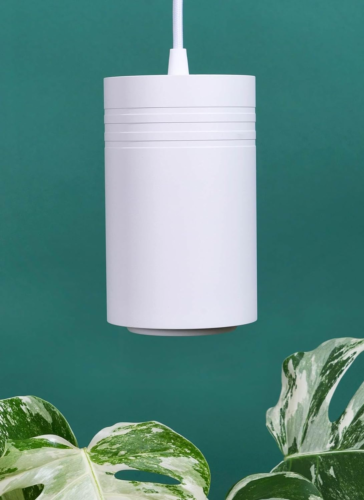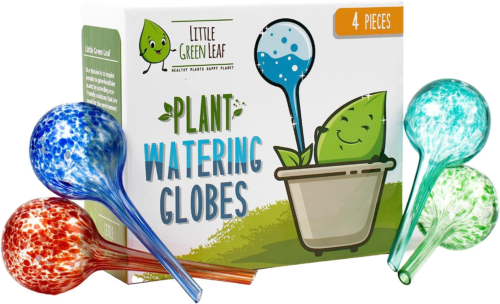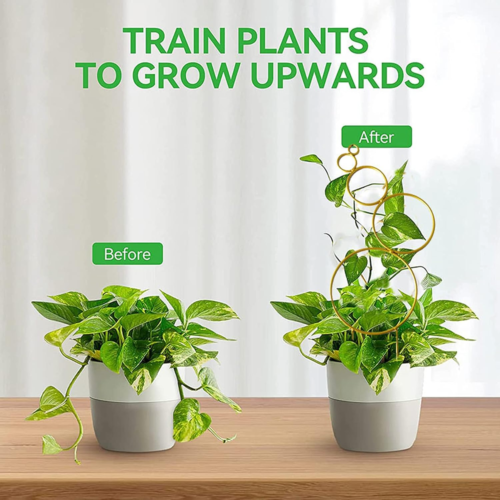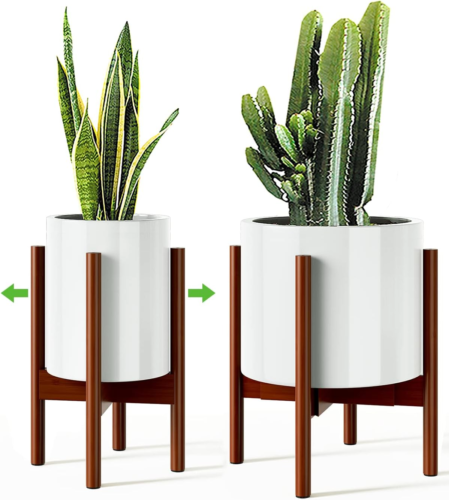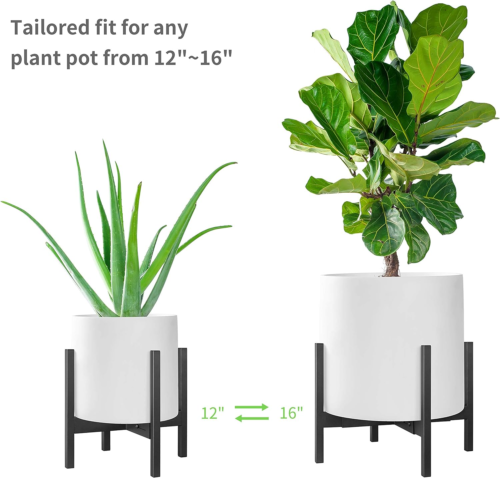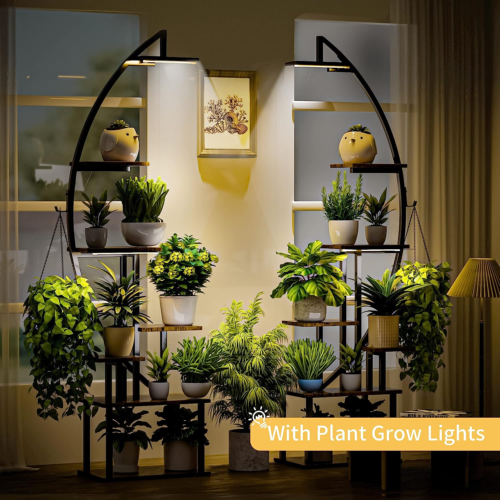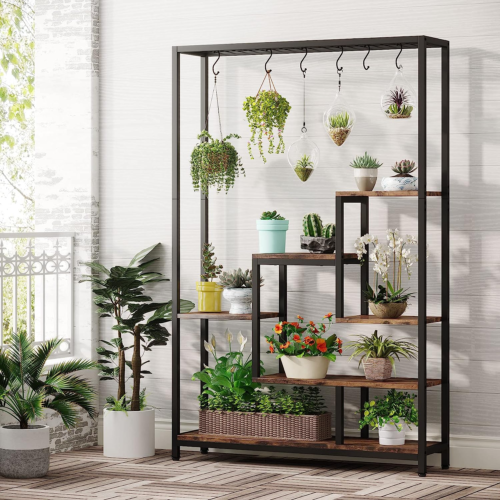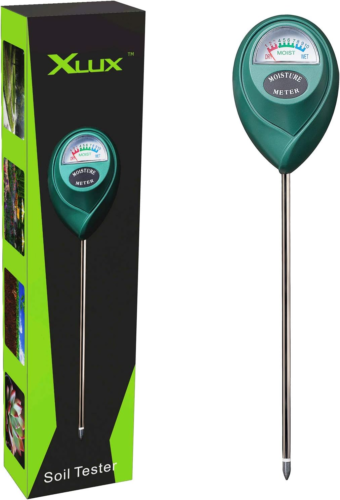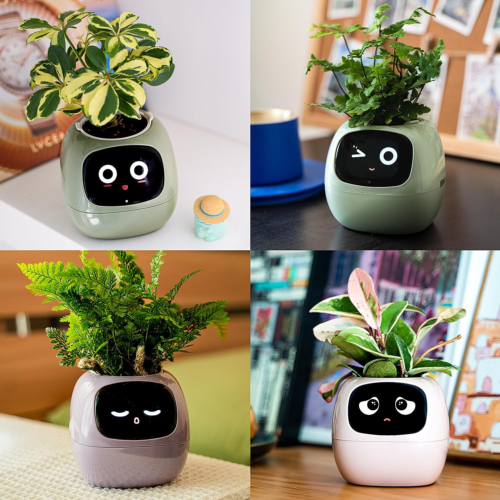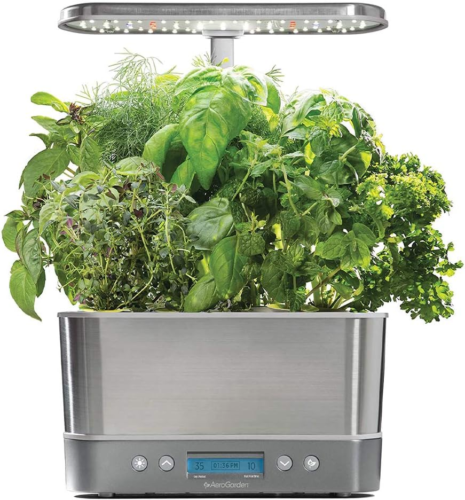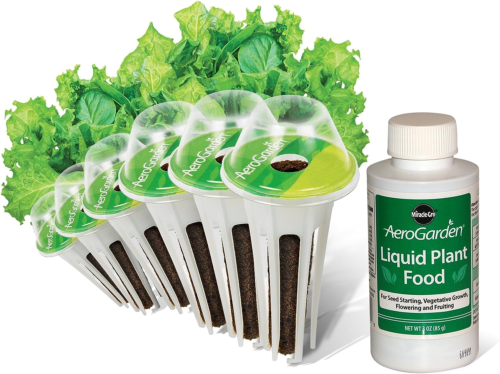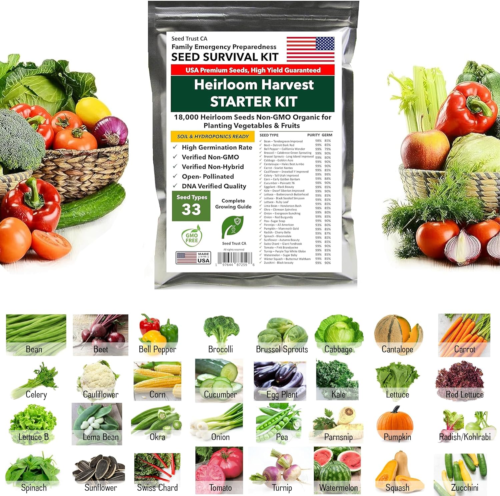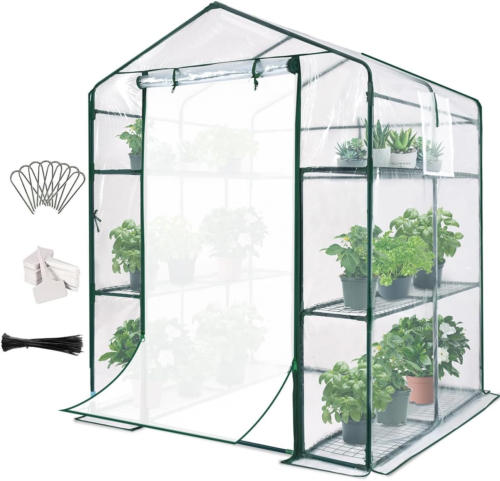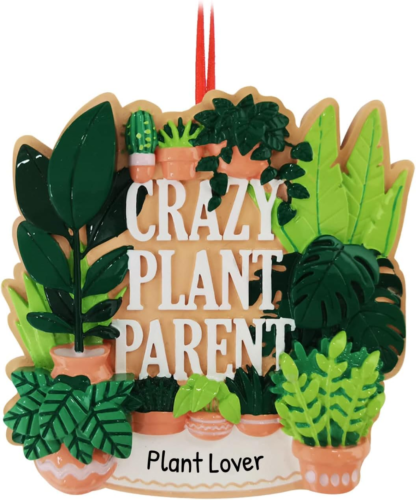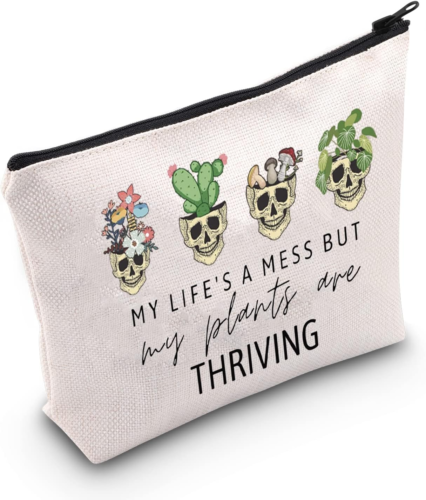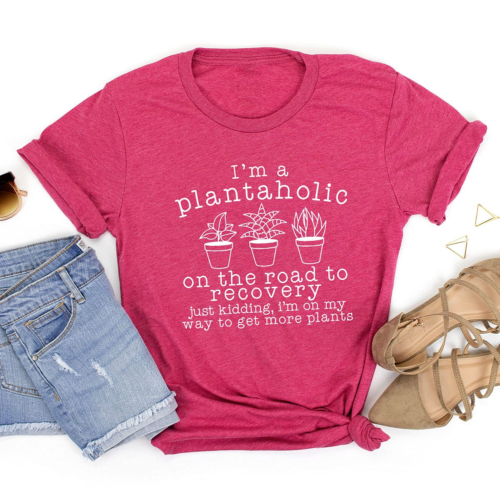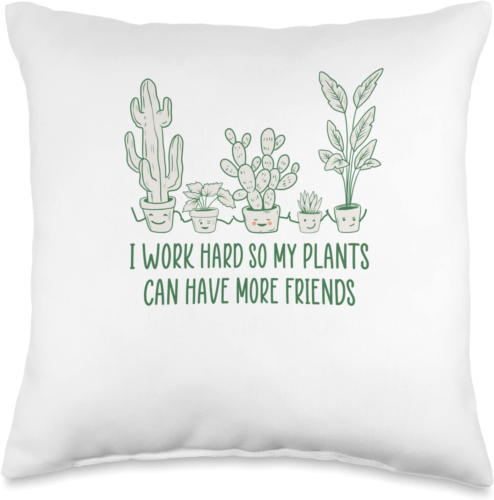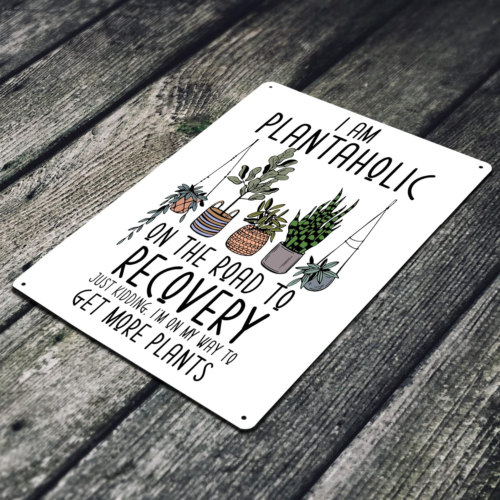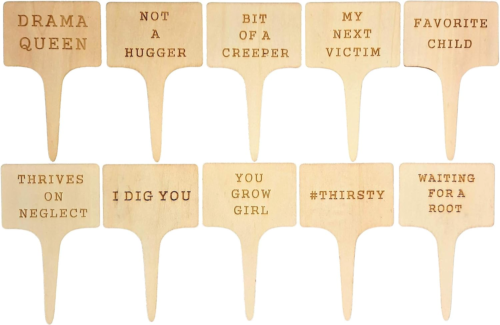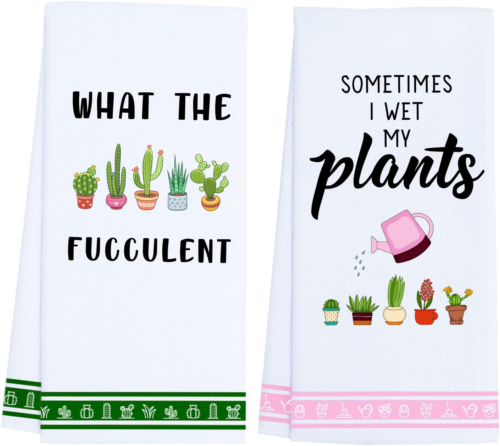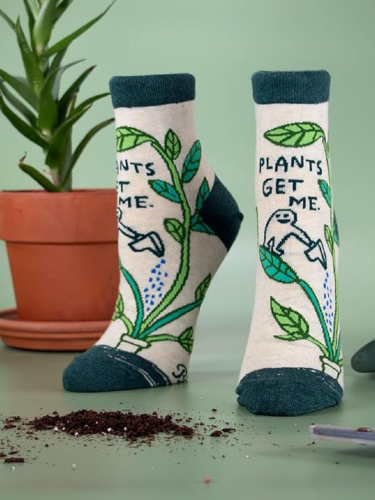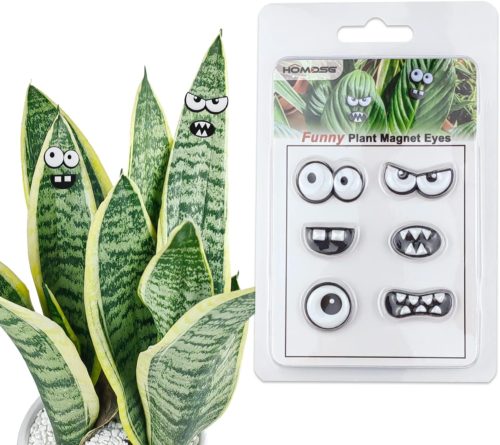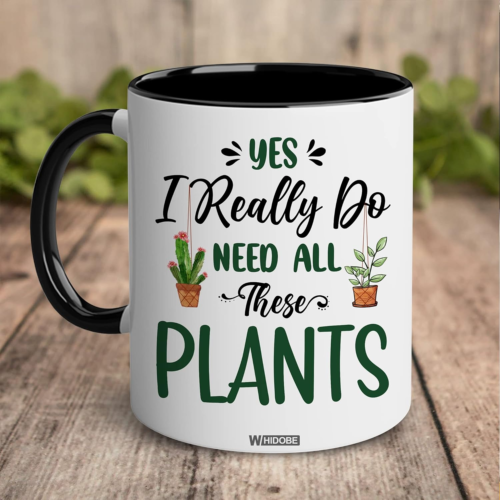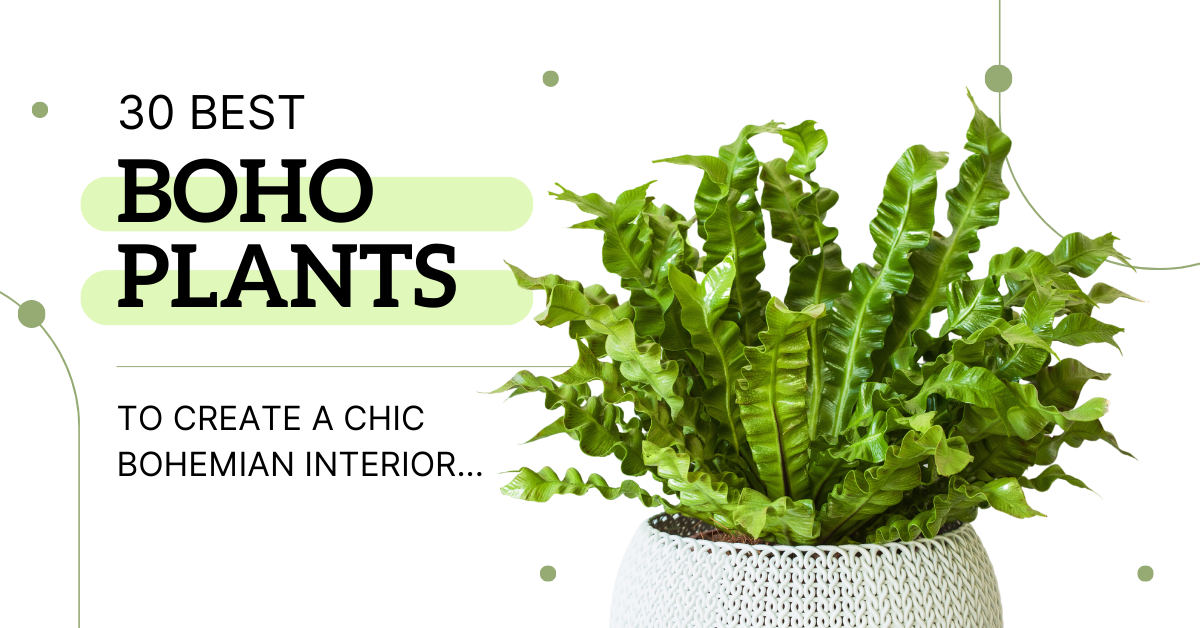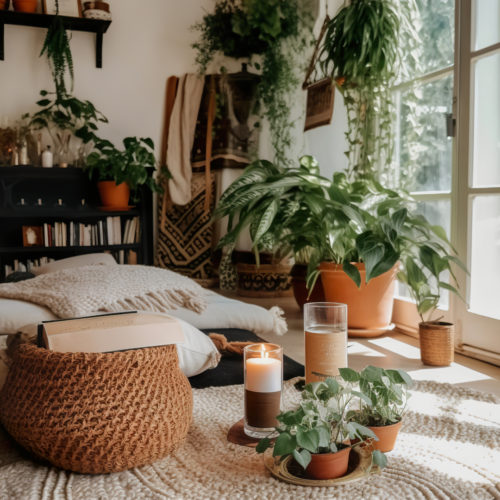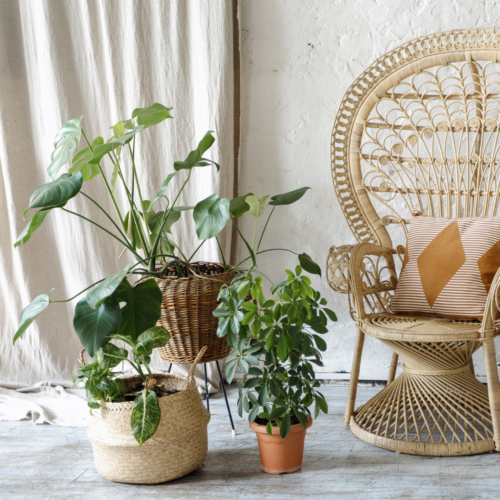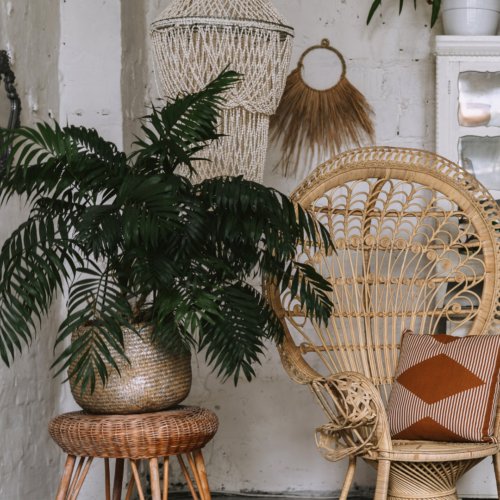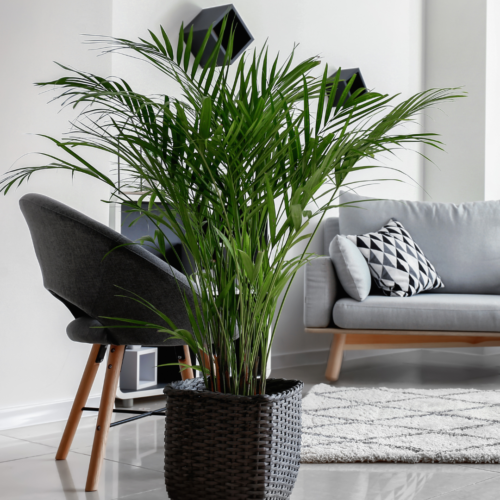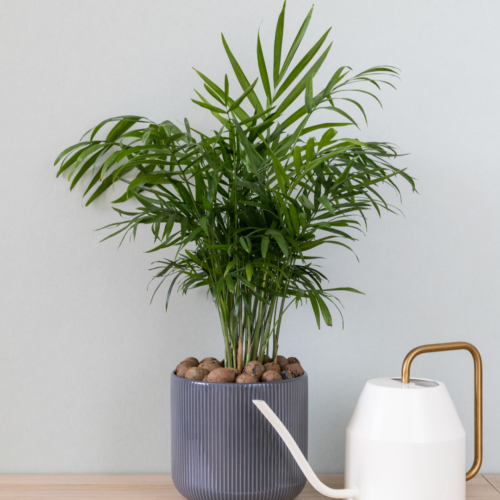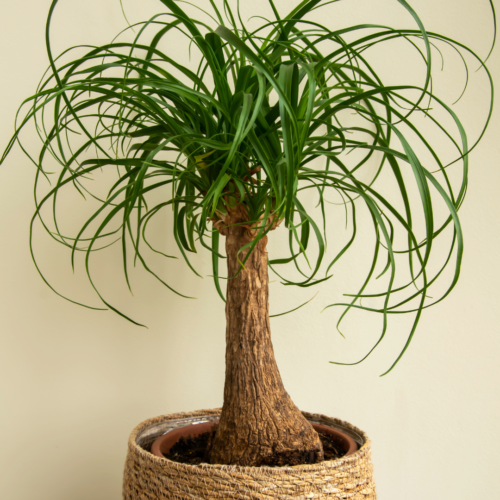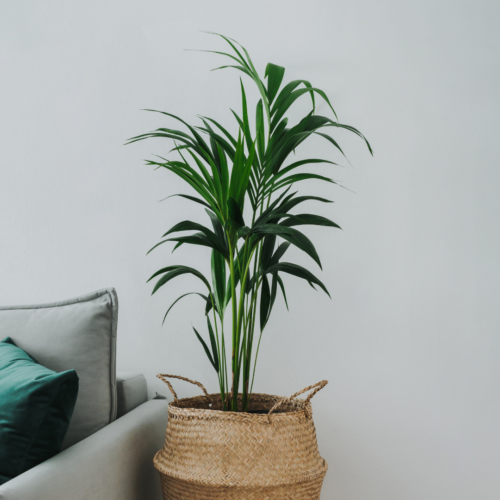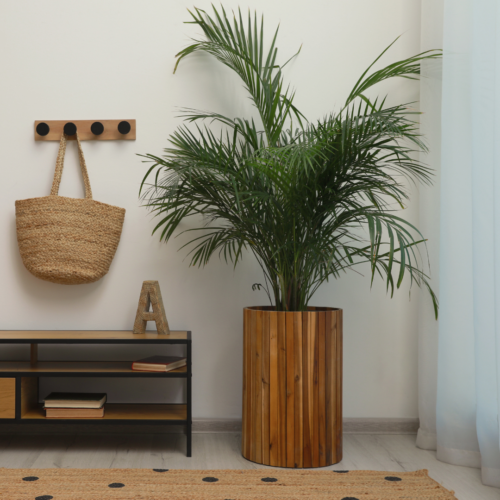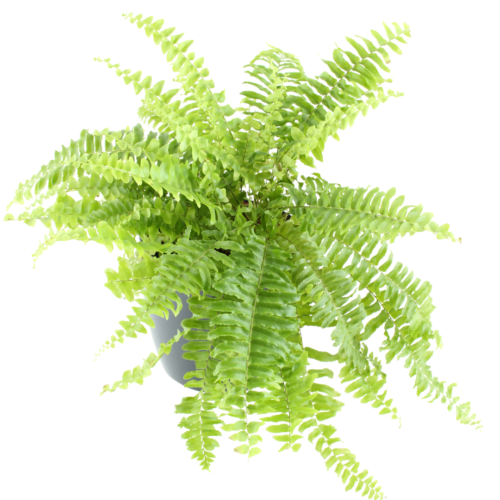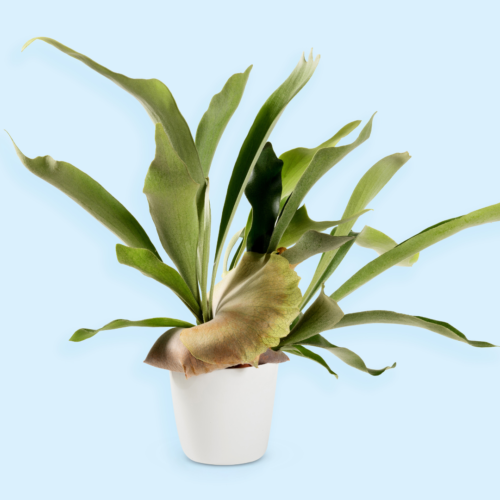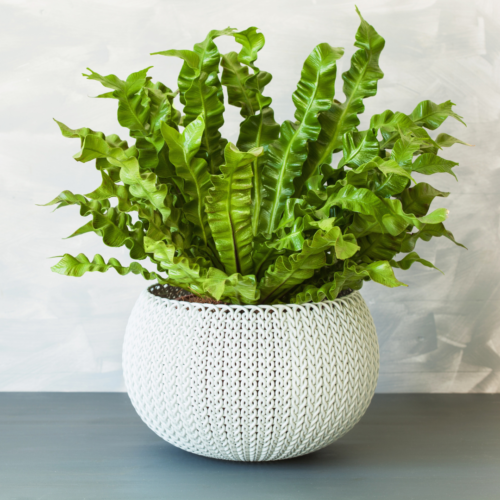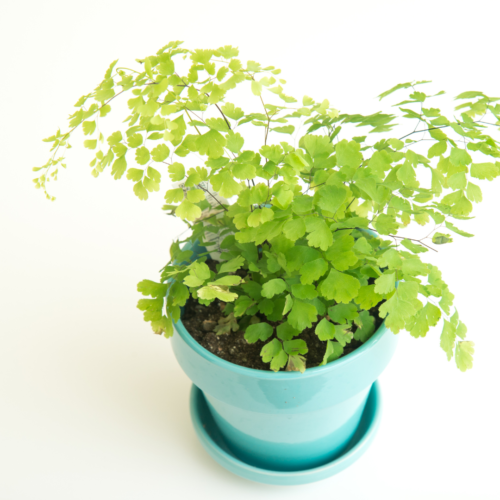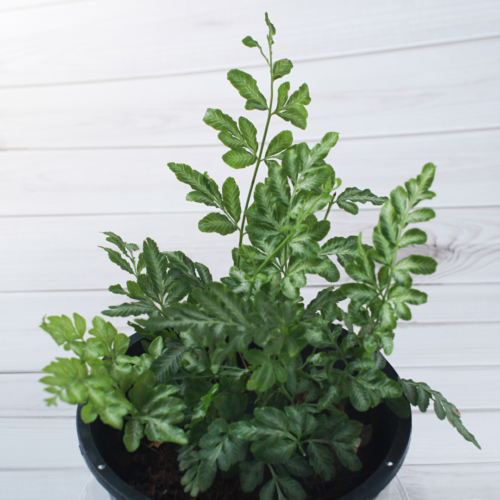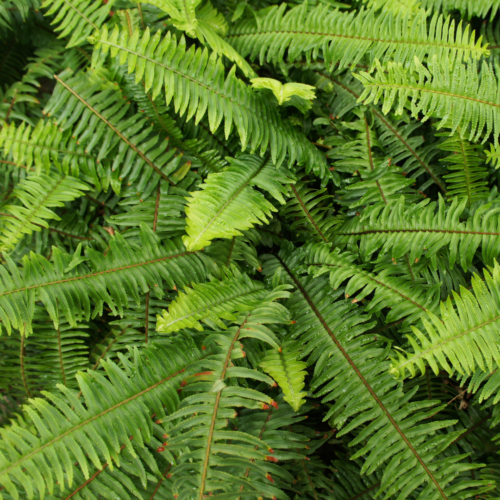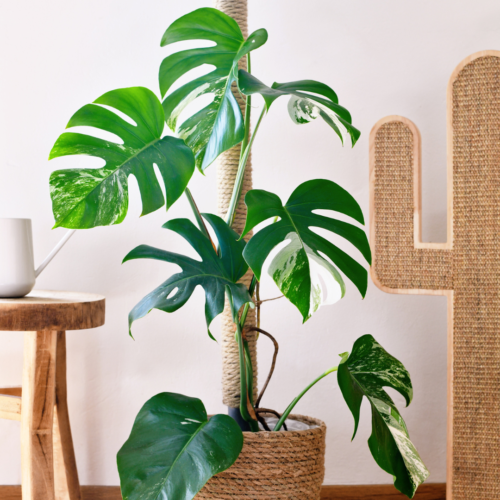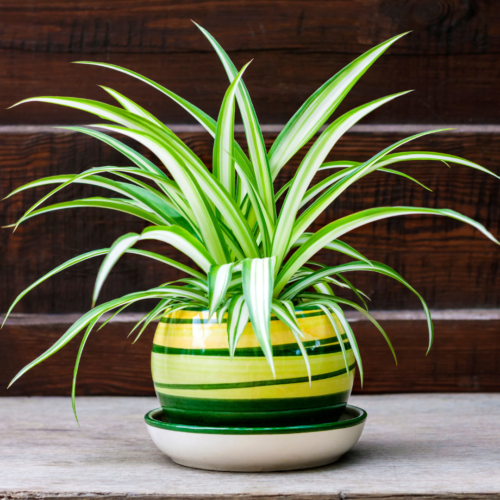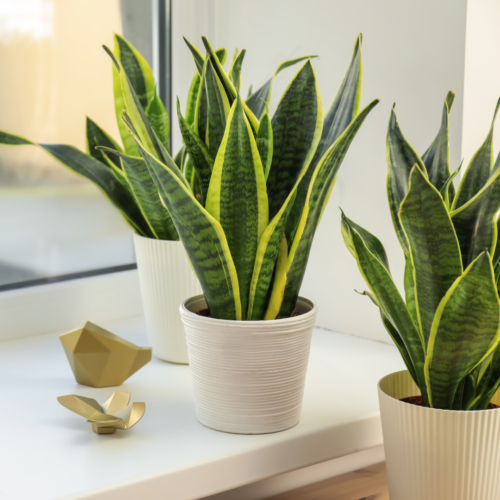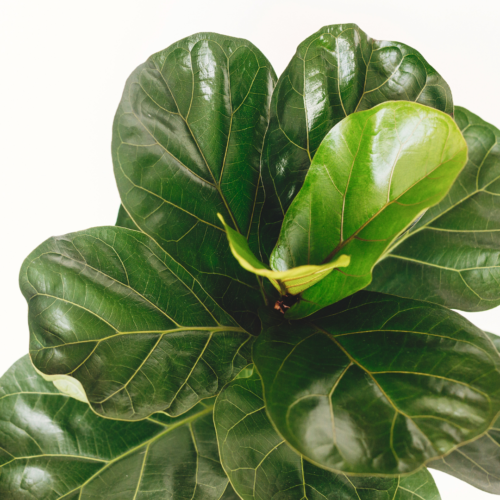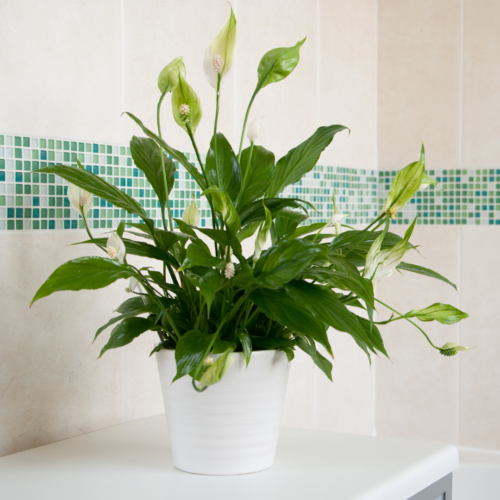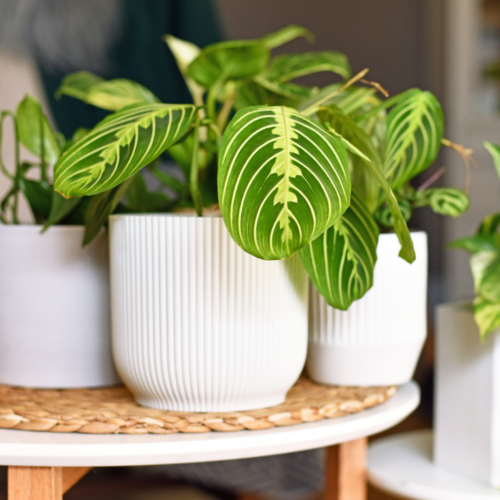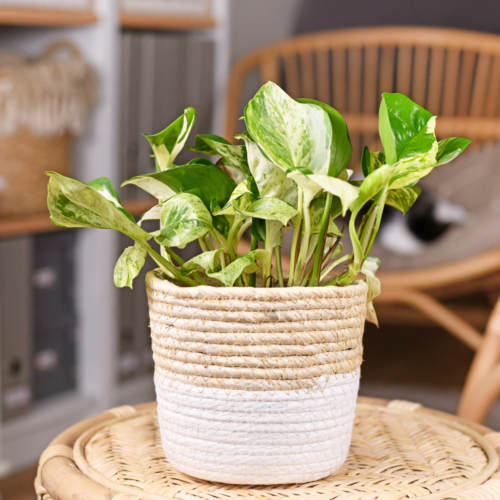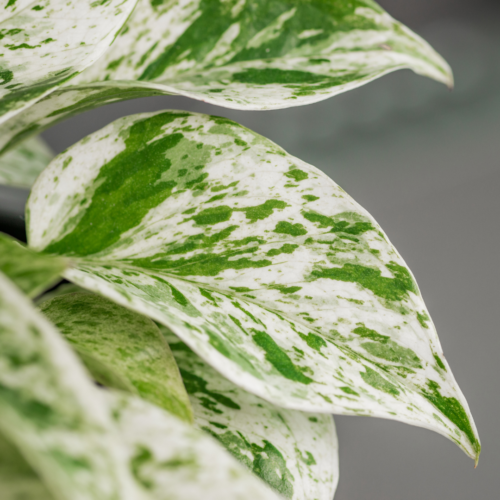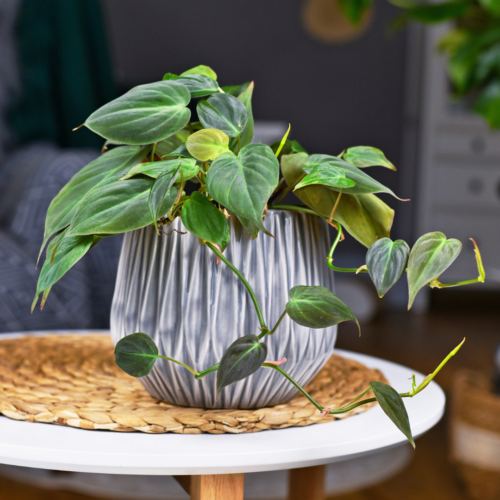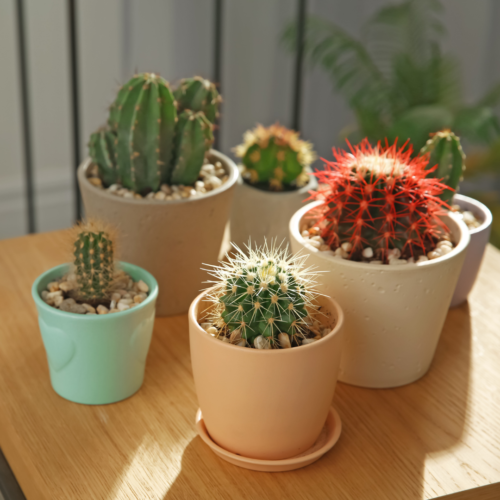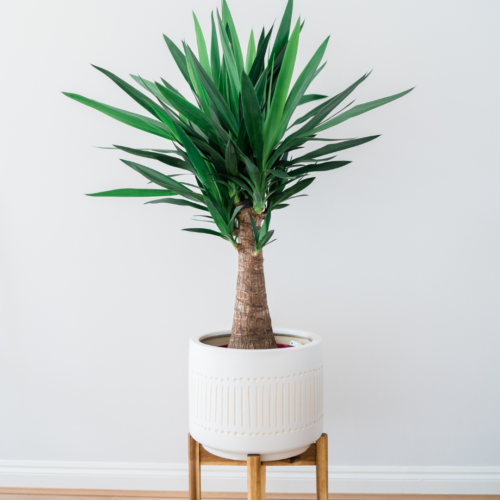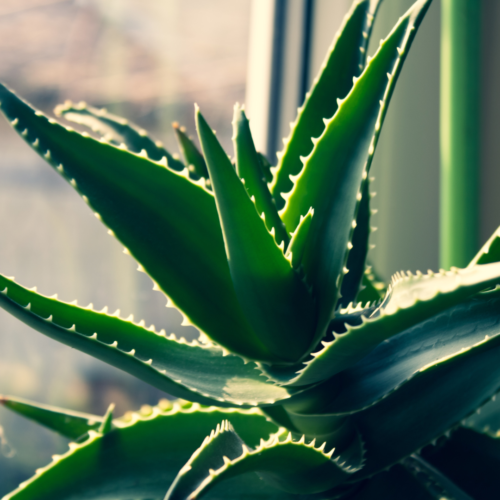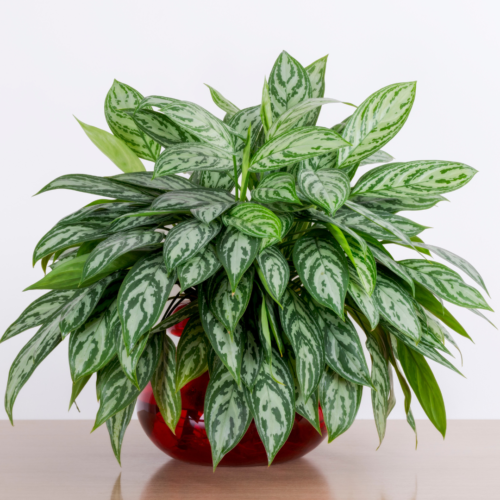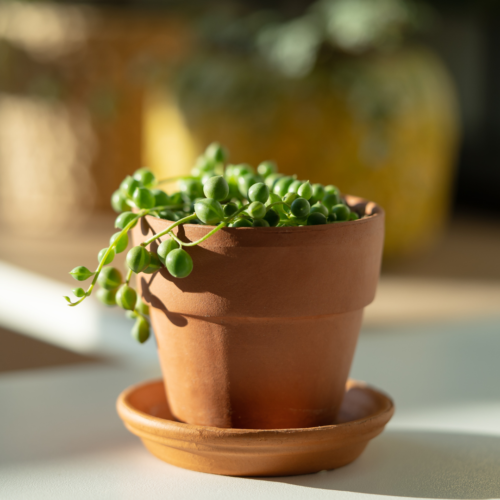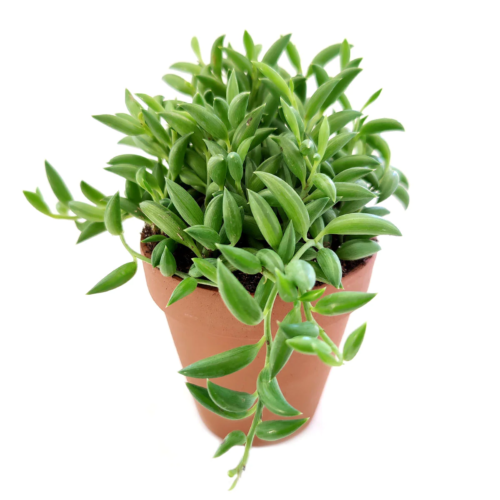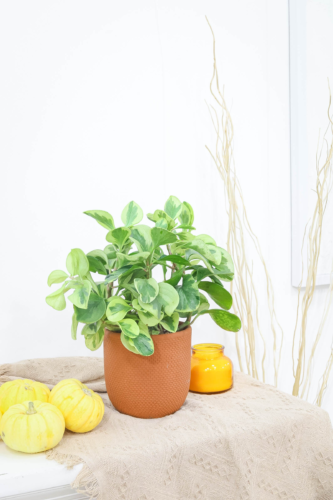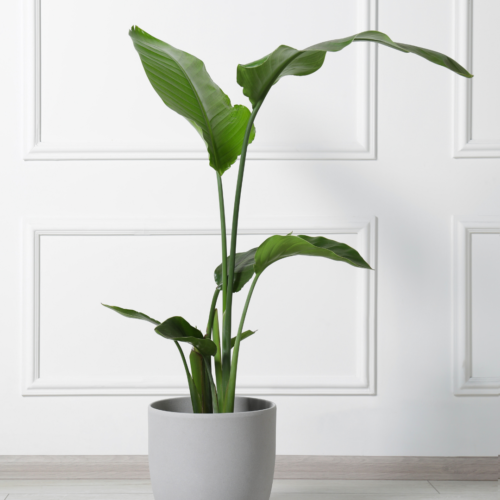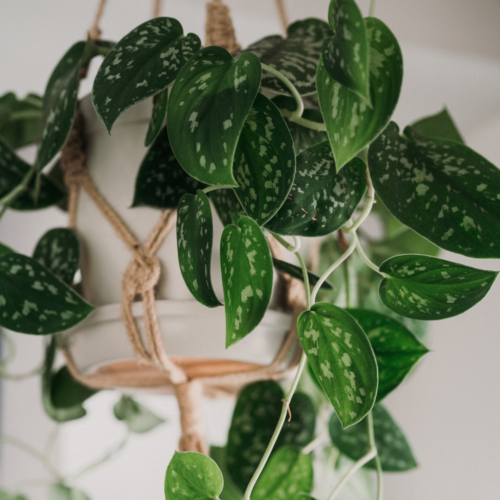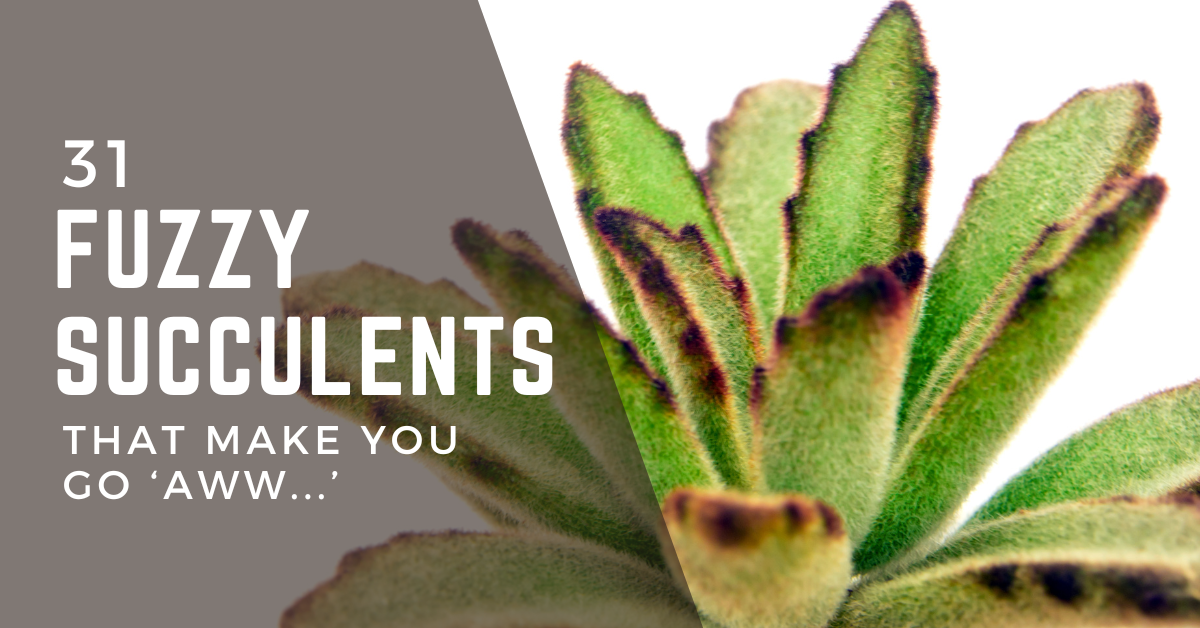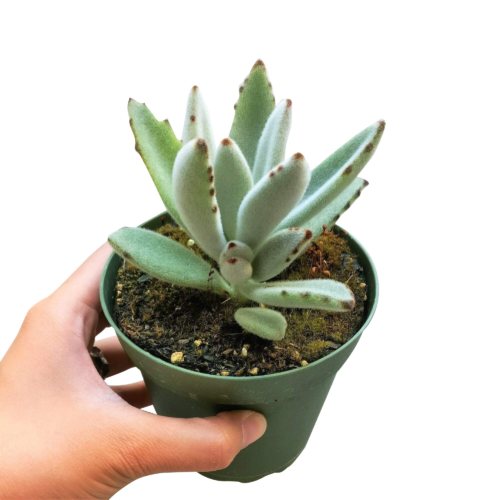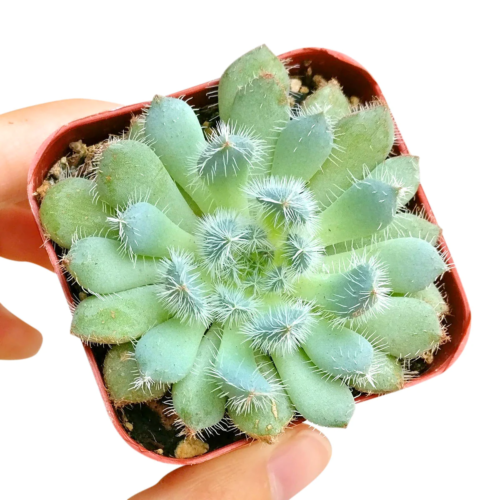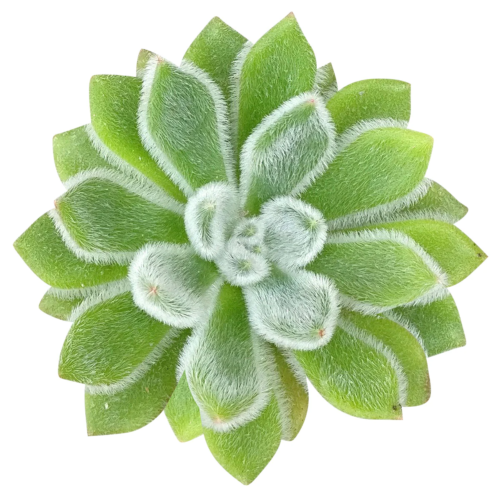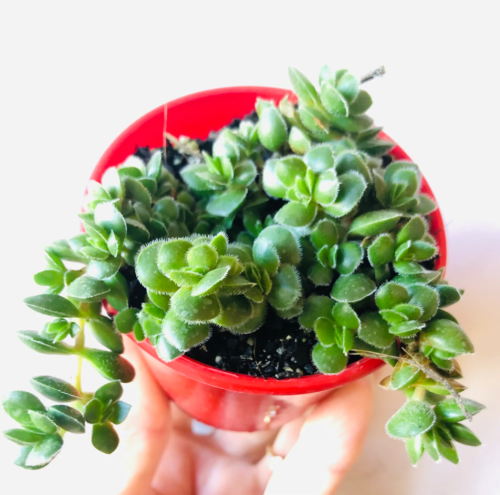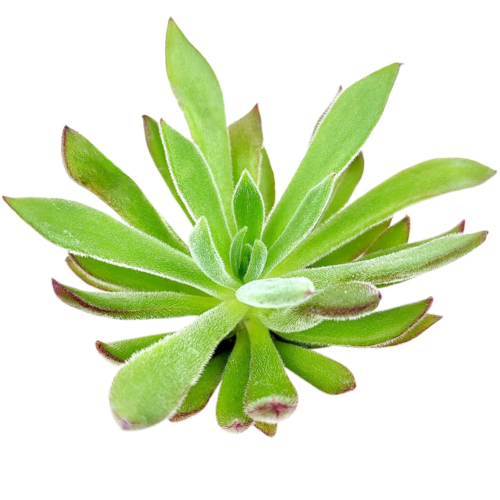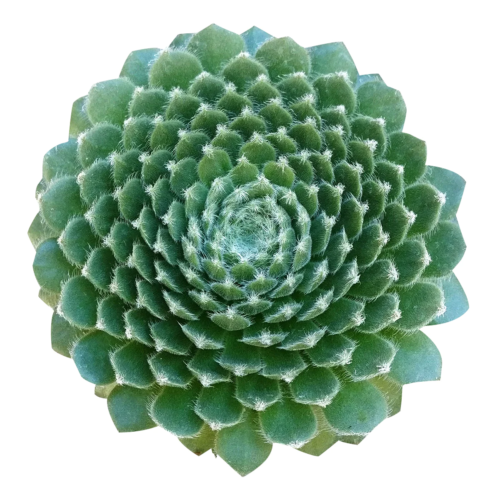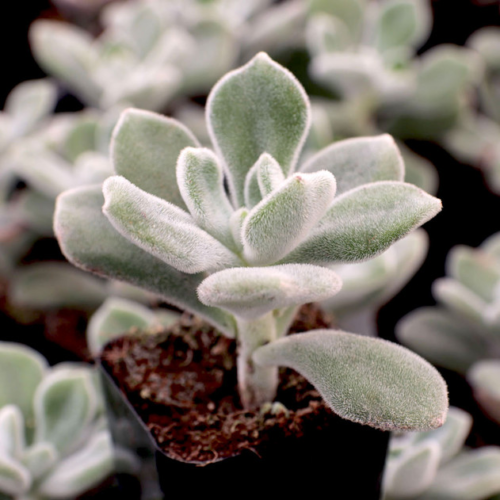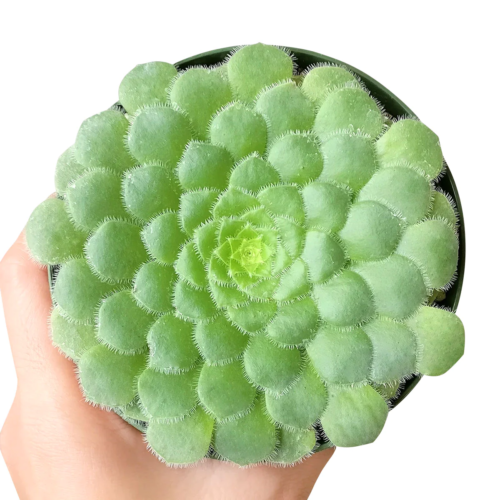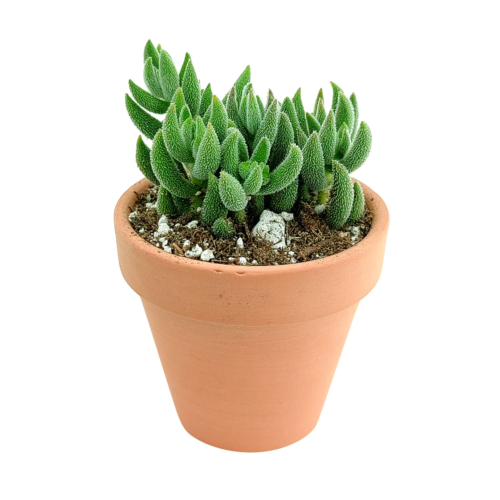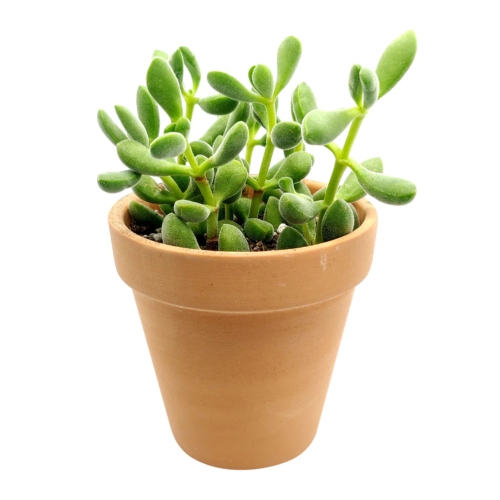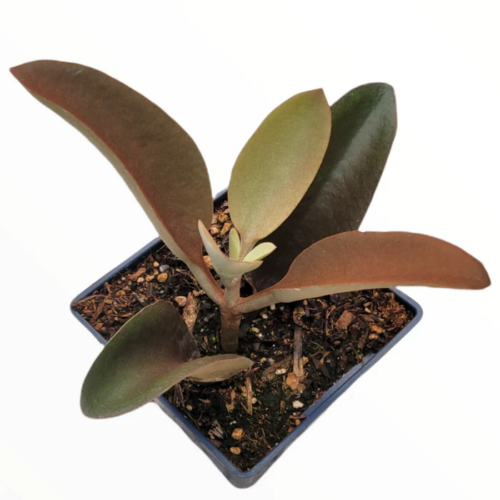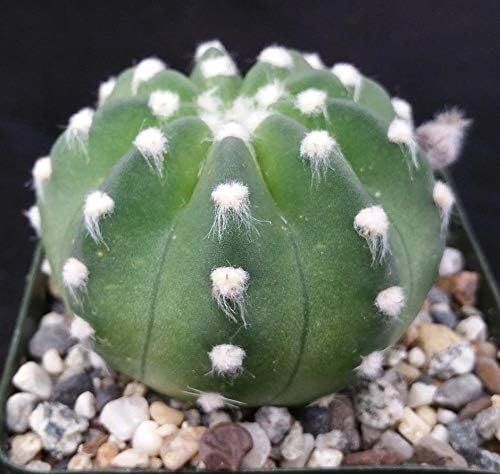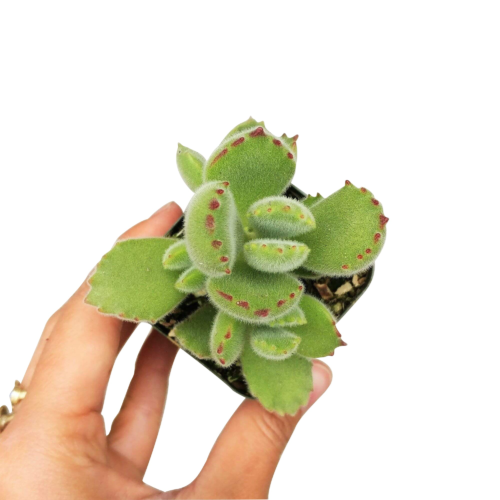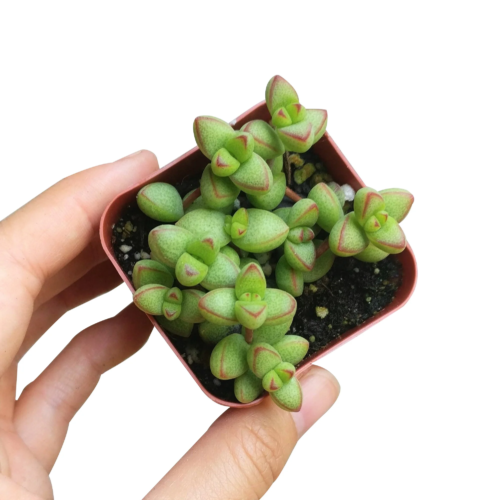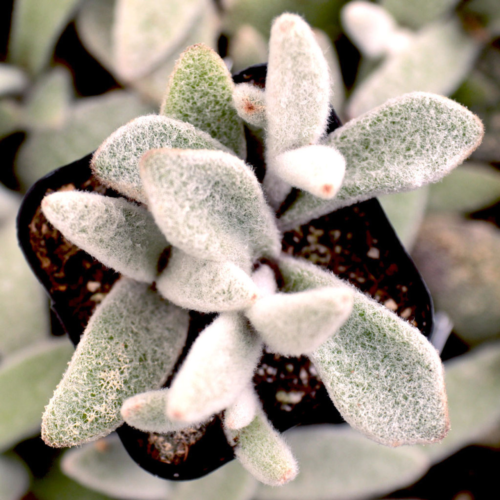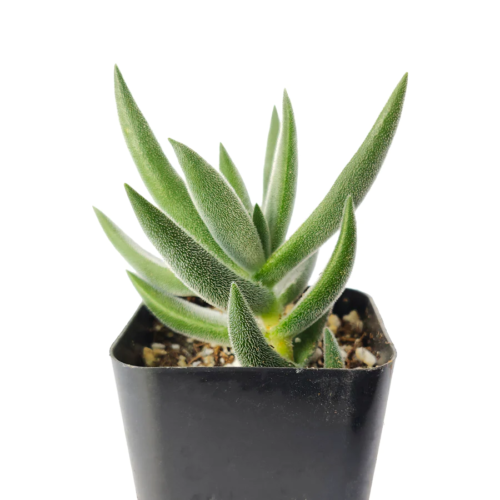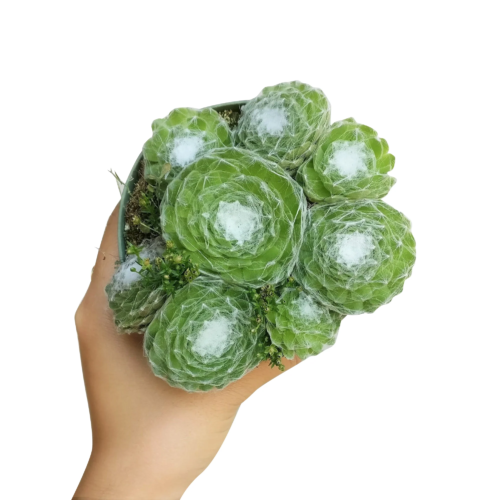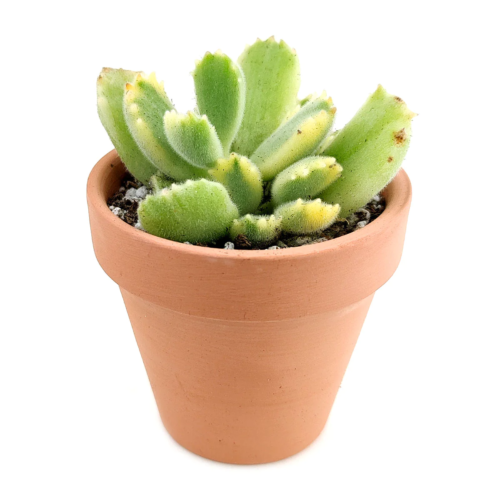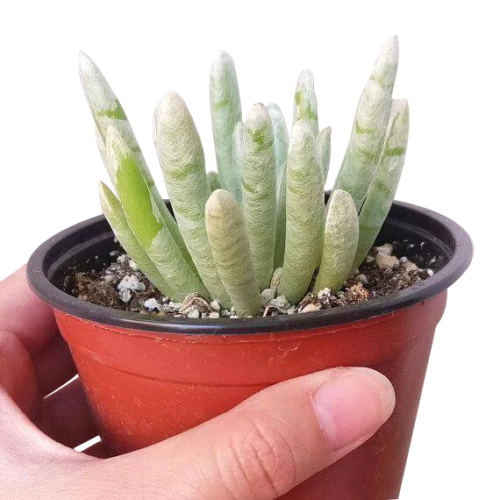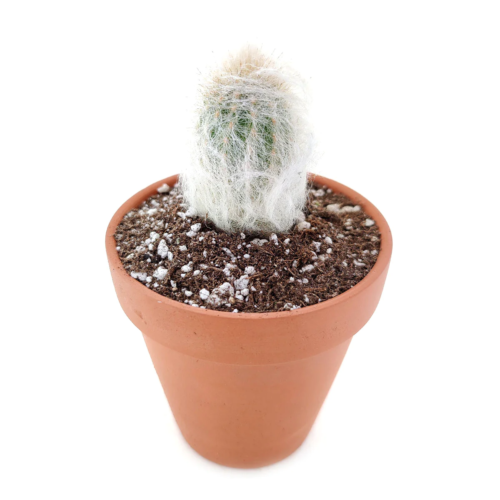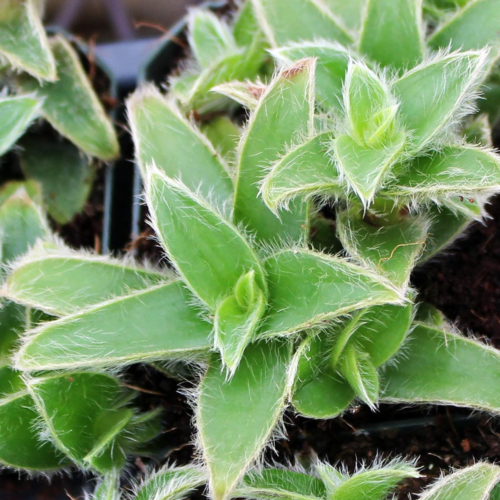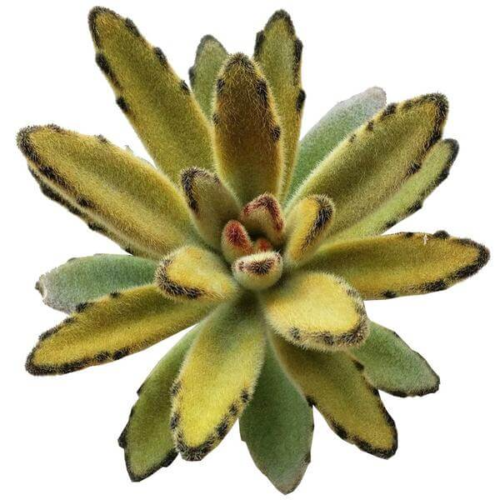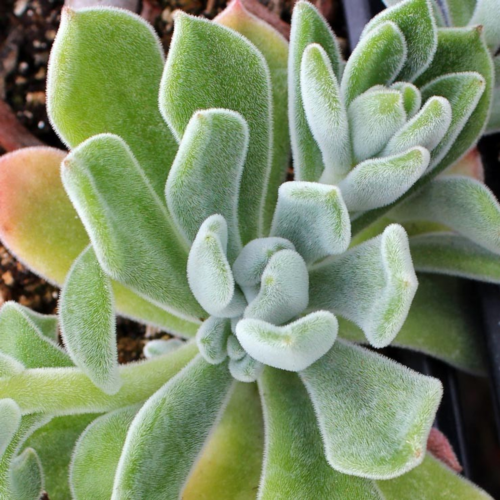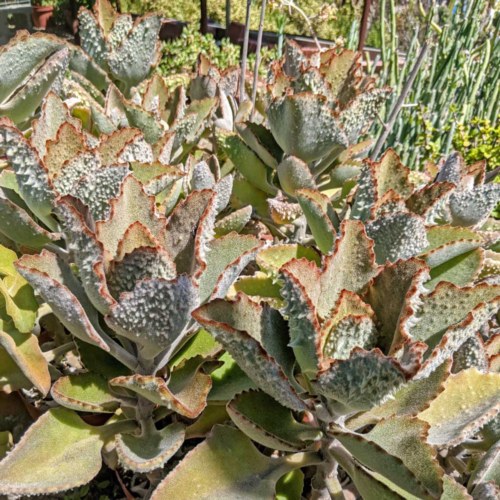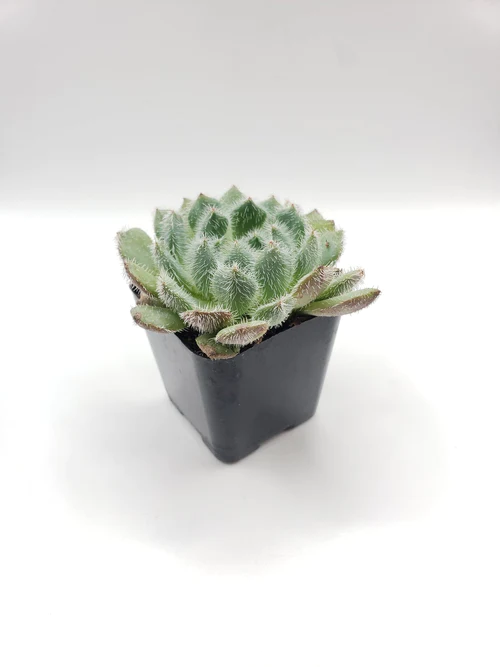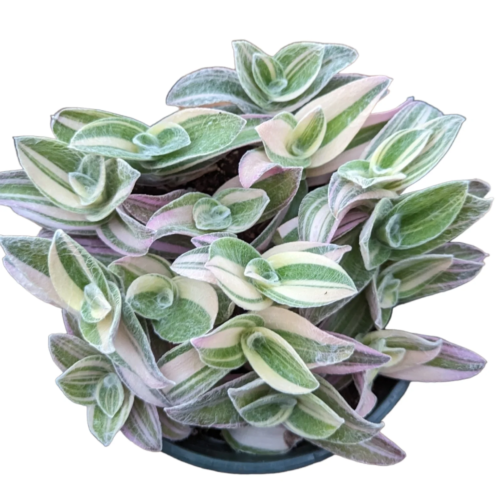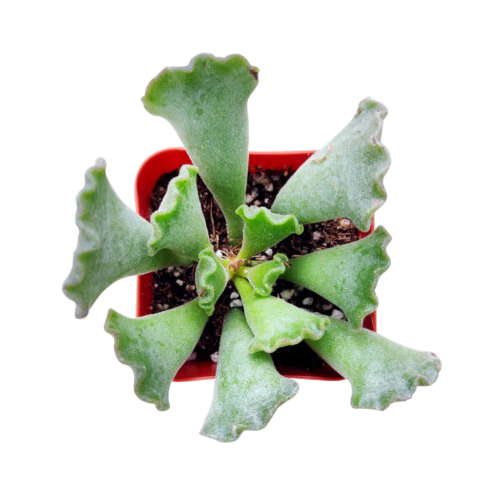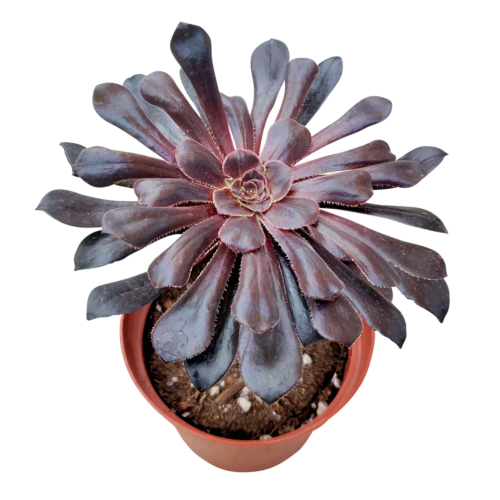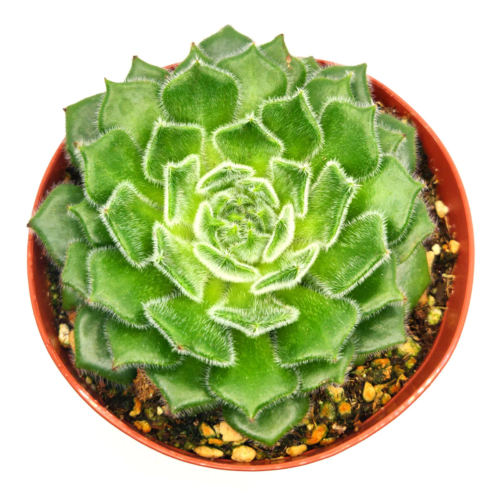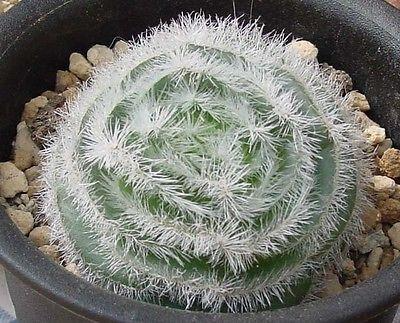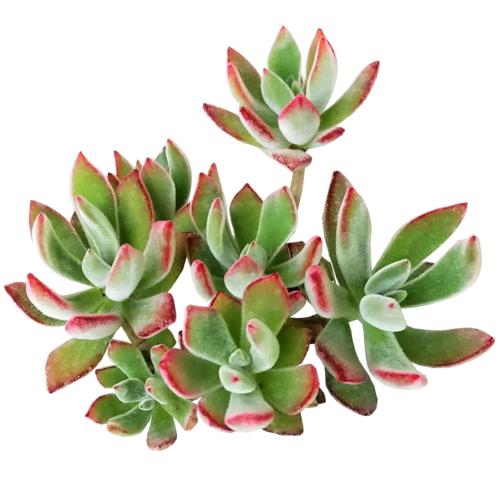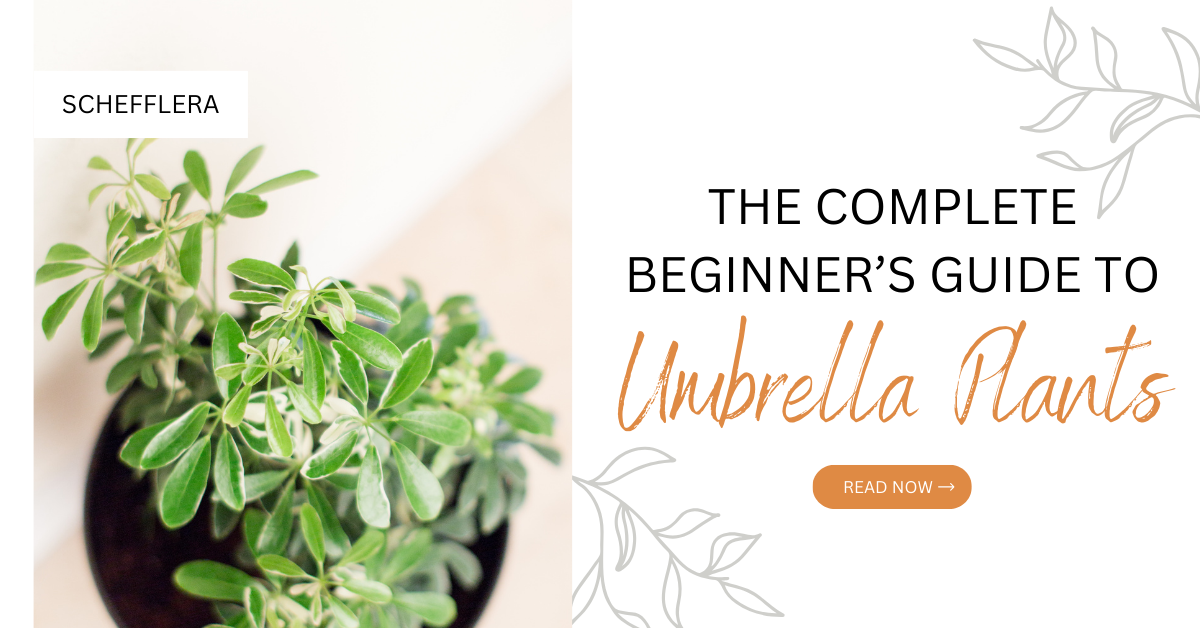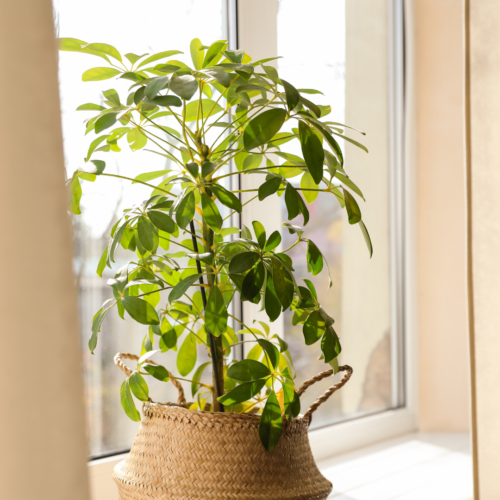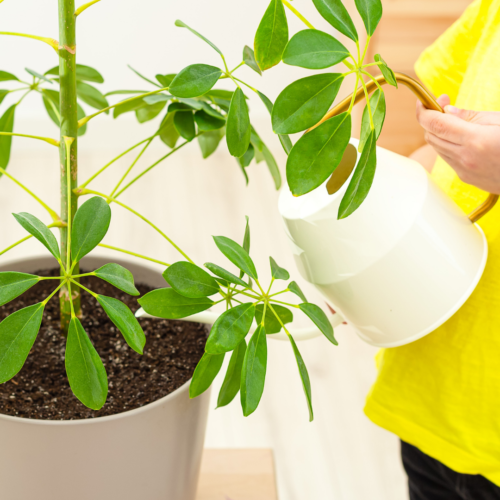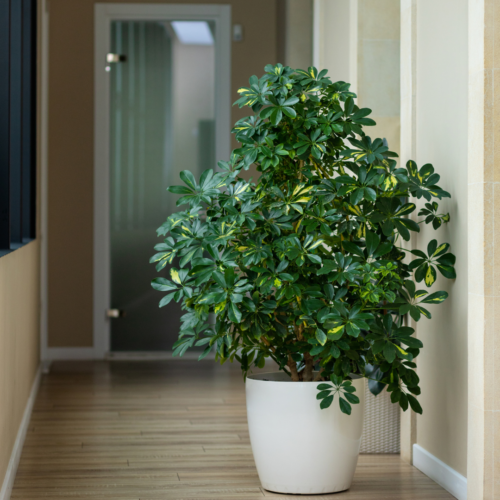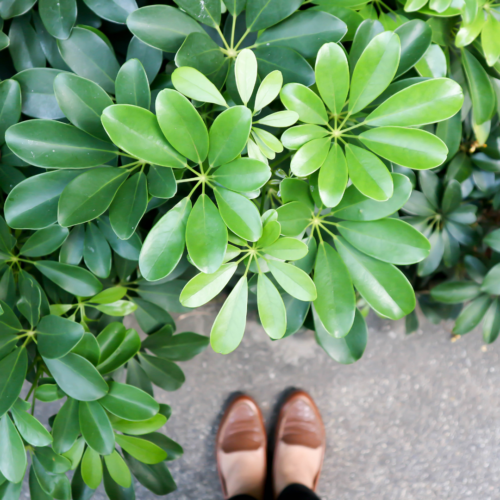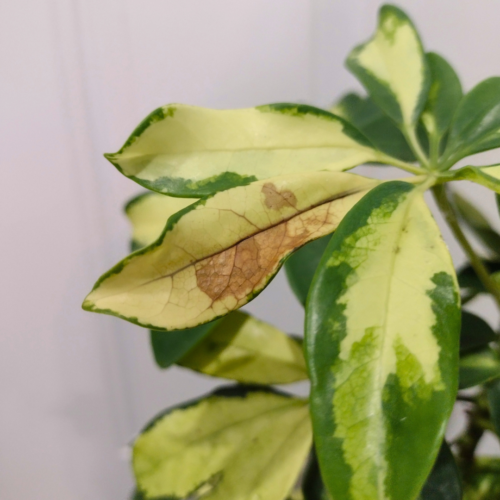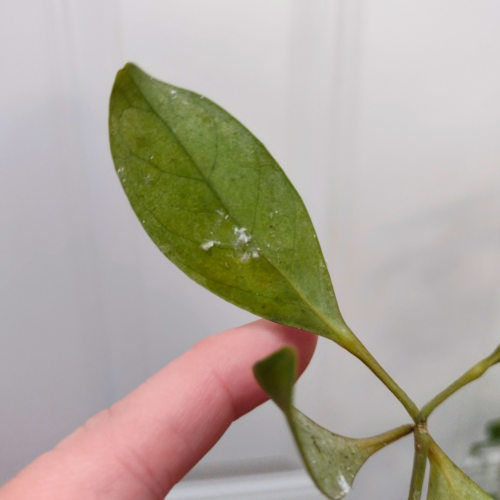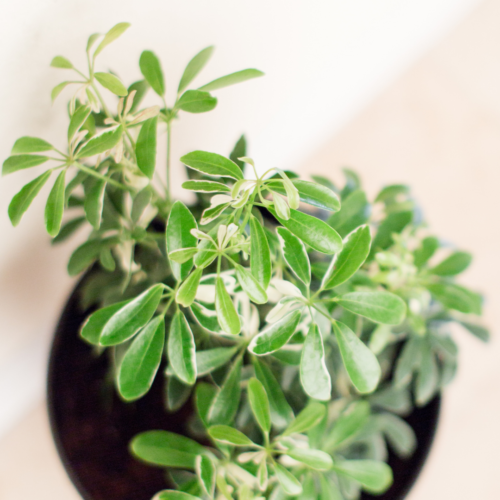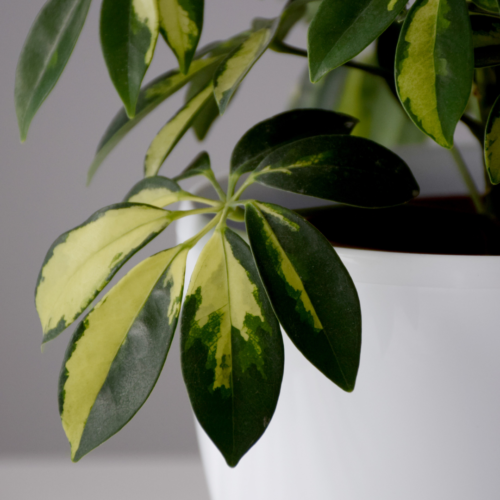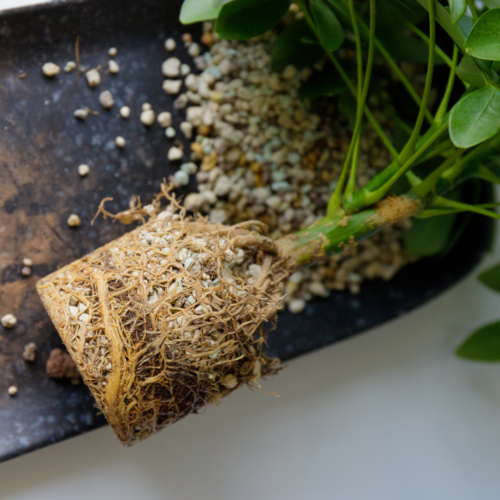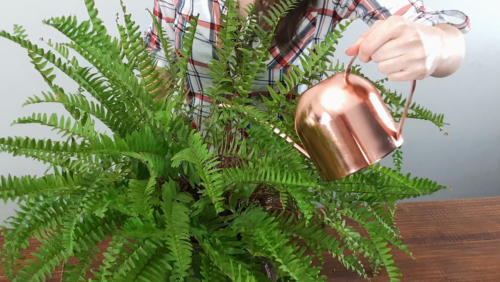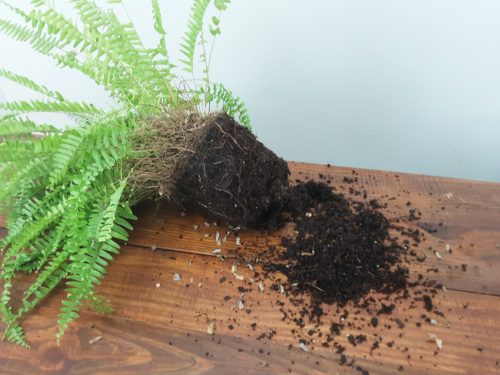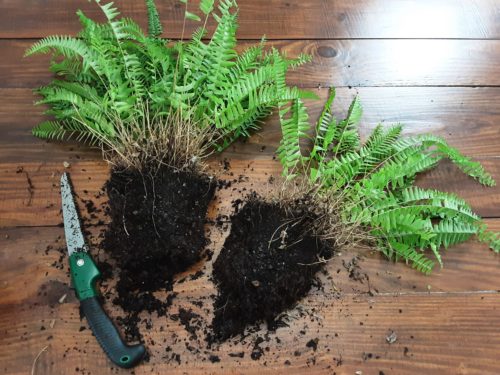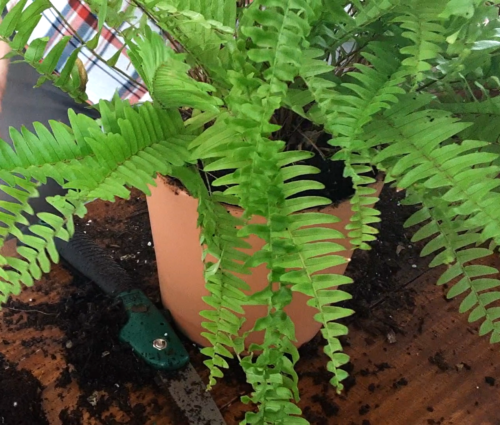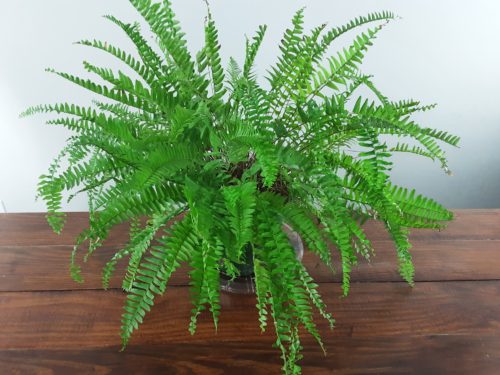Ever wondered why air plants are found in the southeastern United States? The unique distribution of air plants is no coincidence, but the result of fascinating ecological and environmental factors. Air plants are predominant in the southeastern United States due to the region’s favorable environment. This means that it meets air plants’ specific climate, temperature, and humidity needs, which are vital for their unique growth characteristics and adaptability. Their presence also plays a crucial ecological role in this region and significantly impacts the overall ecosystem.
Today we’re going to cover the following fun facts about air plants:
- Unique Characteristics of Air Plants
- Air Plants found in the Southeastern United States
- Environmental Factors Influencing the Growth of Air Plants
- Impact of Air Plants in the Southeast Ecosystem
Continue reading to uncover the intriguing reasons explaining this prevalence and how it impacts the regional ecosystem – and maybe get some ideas for your own air plant care while you’re at it!

Unique Characteristics of Air Plants
Air plants, a part of the bromeliad family, hold a unique position in the plant kingdom. These extraordinary plants have the ability to receive their needed nutrients and moisture directly through their leaves, rather than from soil like most other plant species. This evolution allows them to grow in a variety of locations, often using trees or rocks merely as a support to grow on. With more than 500 known species, this plant family also exhibit a wide range of shape, size, and color variations.
Air plants’ primary mode of water intake happens through tiny structures on their leaves called trichomes. These structures can absorb water from the air directly. Interestingly, these trichomes also give many air plants their distinctive silver or grey appearance. Their epiphytic nature allows them to thrive without soil and live on the surfaces of other plants without causing any harm to them, unlike other vining plants that can overtake and kill their host plants.
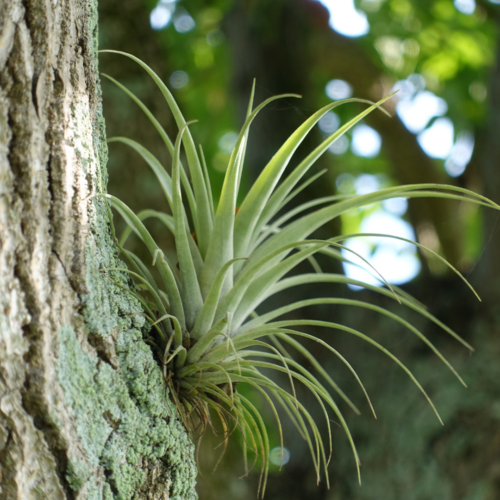
However, these unique qualities come with some vulnerabilities, particularly regarding climate and humidity requirements. And that’s where the southeastern United States comes into play. So, how does this geographical region support such a unique form of plant life? Let’s delve deeper into this topic.
Air Plants in the Southeastern United States
When it comes to distribution of air plants, they are found all over Central America and South America, but in the United States, they are mostly only found in the southeastern region and along warm coastal areas.
Several genera of air plants, such as tillandsia ionantha, tillandsia xerographica, and the well-known (and often photographed!) spanish moss, or tillandsia usneoides, are particularly widespread in the Southeastern U.S. Florida, specifically, has become a hotspot for these plants, due to its subtropical and tropical climate that mirrors the plants’ natural environment of Central and South America (and even throughout the west indies!).
In these locations, the air plants typically grow on other plants, such as the thick branches of trees, without harming them or drawing nutrients from them. They are common in the forests, mangroves, and swamps of the Southeastern U.S, notably in the Everglades National Park of Florida and the Okefenokee Swamp of Georgia. Like other epiphytes, they offer a unique layer of biodiversity, cohabiting with various other species in these ecosystems.
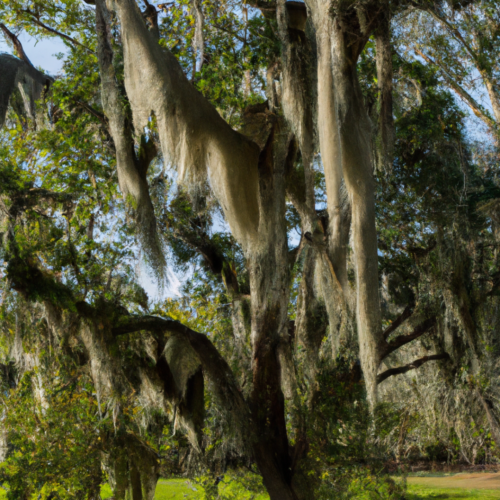
Environmental Factors Influencing the Growth of Air Plants
The southern United States provides an ideal environment for several varieties of air plants due to its specific climatic conditions and geographical features. This basically means that in these regions we find a lot of humidity, warm temperatures, and frequent rainfall. This is vital for the survival of air plants because of their lack of roots and their ability to absorb moisture from the air (through a process called atmospheric water uptake). If the air around them were to be too dry, then they would ultimately suffer. This keeps them from spreading to most of the northern and western United States, since these regions are warm enough, but lack the humidity and rainfall that are necessary for this plant’s survival. They can usually only be found along coastal regions where there are higher humidity levels and a more temperate climate.
Speaking of temperature, air plants are tropical plants, and as such, they like it warm! Because of the southeast region’s moderate winters and hot, humid summers, this area supports a year-round growing environment for air plants without the threat of frost damage.
Finally, the diversity and abundance of trees in the southeastern forests provide ample surfaces for air plants to latch onto and flourish. Being a Georgia transplant myself, I have been amazed at how many different types of trees naturally grow here! And the wide variety of trees within these extensive forests allow for an equally wide array of air plant species, each adapted to a slightly different niche within this rich ecosystem.

Impact of Air Plants in the Southeast Ecosystem
And air plants aren’t just around for the benefits. They also play a significant role in the ecological makeup of the southern United States. By living on tree branches and other surfaces, they add to the diversity and complexity of the ecosystem without competing for soil resources. These plants also are an important source of nectar for various pollinators such as bees, butterflies, and hummingbirds.
One notable way that air plants positively impact the ecosystem is through their innovative water and nutrient capture method. The adapted structure of their leaves allows them to collect water from rainfall and even fog, storing this water that can later be shared with other organisms in their environment, similar to other bromeliad species. As such, during periods of drought or scarce rainfall, these plants act as miniature reservoirs.
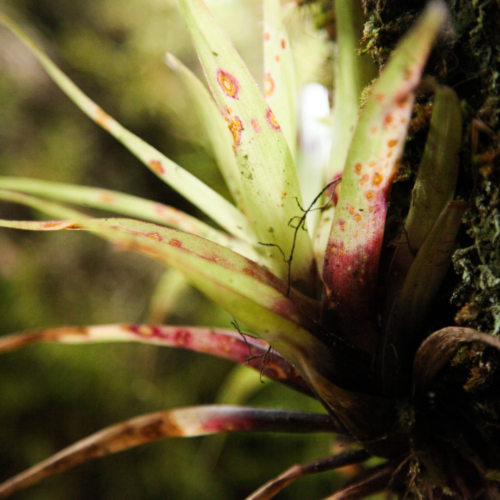
Air plants also serve as habitat providers, particularly for smaller creatures. As they grow, air plant colonies can create considerable networks of cover and shelter for insects, spiders, and other small organisms. They literally provide a “living” environment for many species, making them a crucial part of the broader biodiversity.
Their presence can also help us in our evaluation of the overall health of the ecosystem. Typically, healthy air plant populations signify good air quality and a well-balanced environment. If air plant numbers deteriorate, it could indicate bigger environmental issues at play, such as pollution, climate change effects or ecosystem disruption.
Understanding the role of air plants in the ecosystem and their connection to broader environmental health makes their conservation more critical. Ensuring their prevalence continues in the southeastern U.S. is important not just for the air plants themselves but also for the countless organisms that depend on them and the wellbeing of the ecosystem as a whole.
Growing your Own Air Plants
Now I wanted to mention that you can enjoy air plants, even if you don’t live in the southeastern United States. In fact, anyone can successfully grow air plants in their home or office! The main needs for your air plants is bright light (but not too much light), frequent watering, good air circulation, and a bit of protection during the cooler months. A little bit more about that below…
Lighting
To successfully grow your air plants indoors, make sure that you place it in a location with bright, indirect sunlight. Full sun can sometimes cause leaf scorch since our homes don’t usually maintain the same high humidity levels that Florida has!
Watering
Next, to water your air plant, soak it in a water bath for 20-30 minutes every 1-2 weeks. Then shake off any excess water and let it dry completely before placing it back in its display case or stand. Too much water, especially in the cooler winter months, can cause these plants to rot…

Tap water can be fine if you leave it out for about an hour to allow the chlorine to evaporate out. If, however, you are finding that the tips of your leaves are turning brown, you might need to find something with less chlorine in it, such as pond or aquarium water, rainwater, or bottled spring water. Avoid distilled water, since all of the nutrients are removed during the distillation process.
For more information on how to water air plants correctly, whether it’s placed in glass globes, or glued to a pile of rocks (why Walmart, why?!), check out my post on how to correctly water air plants!
Flowering
And finally, if you are making your air plant happy, it might even flower! Some species of air plant will let you know it’s ready to flower by changing its leaf tips from green to red! The most common of these are the tillandsia bulbosa and the tillandsia ionanthe. Then watch out because you’re going to have the cutest array of purple flowers or white flowers, depending on your variety. The only thing to remember though, is that once a tillandsia flowers, it will then start its decline.
This is a good sign though, since your air plant will then start to make new plants all around the base of the mother plant. Then as the center of the plant dies away, the small baby plant(s) will then grow in to fill its space. This is how they grow and spread in their native habitat!
For more information on how to take care of your air plants, check out my more detailed post here on air plant care!
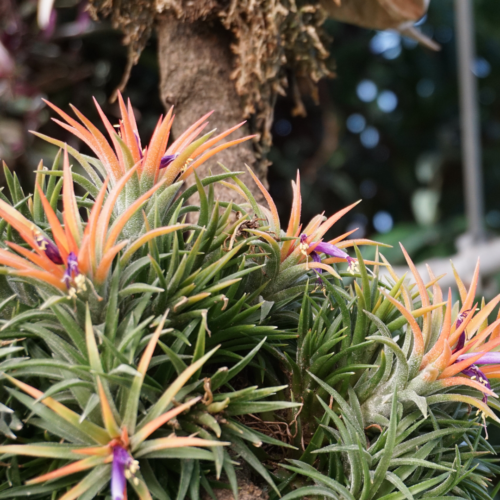
And now you should be an expert at growing air plants! Just kidding… it takes everyone some trial and error. But if you’d like more help, feel free to join the facebook group, Houseplants for Plant Killers today!
Conclusion
From the unique characteristics of air plants to their significant presence in the southeastern United States, we’ve covered some of the reasons why air plants are found in this region, as well as the role that they play. Air plants play a great role in this region and are a testament to the complex relationship between geography, climate, and biodiversity in the world of botany.
Air Plants FAQs
Air plants are unique because they are able to absorb moisture and nutrients from the air through their leaves, which eliminates the need for traditional soil-root system. This particular trait allows them to live in a variety of environments, including attached to other plants or objects.
The southeastern U.S. has environmental conditions, including a warm climate and humid environment, that are highly favorable to the growth and survival of air plants. These conditions mimic the tropical and subtropical environments originally native to many air plant species.
Air plants contribute significantly to biodiversity and play a crucial role in their ecosystem. By thriving in a variety of habitats and growing on different surfaces, air plants aid in creating microenvironments for other species and cycling nutrients back into the ecosystem.
Even though air plants prefer warm, humid climates, they are surprisingly adaptable and can survive in a variety of conditions. However, they may require additional care in drier or colder climates, such as regular misting or bringing them indoors during cold snaps. If you live in areas below zone 9, then it’s best to have them as indoor plants when temperatures fall below 50 F.

